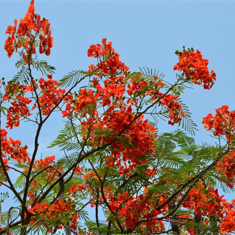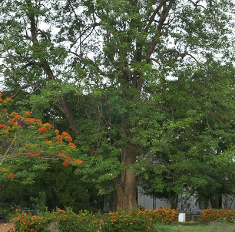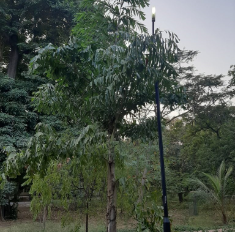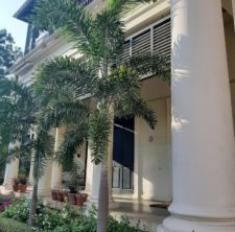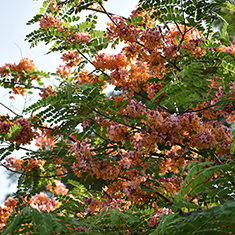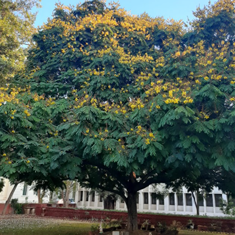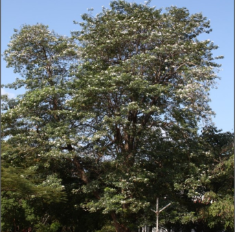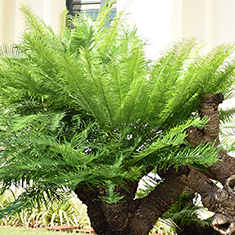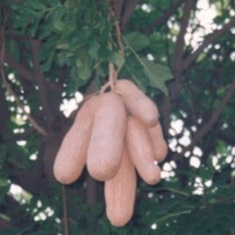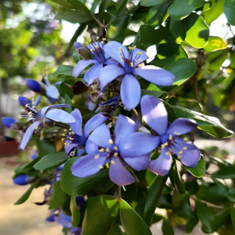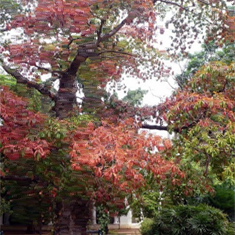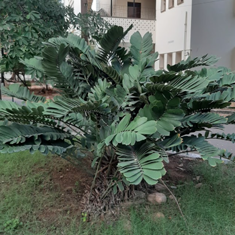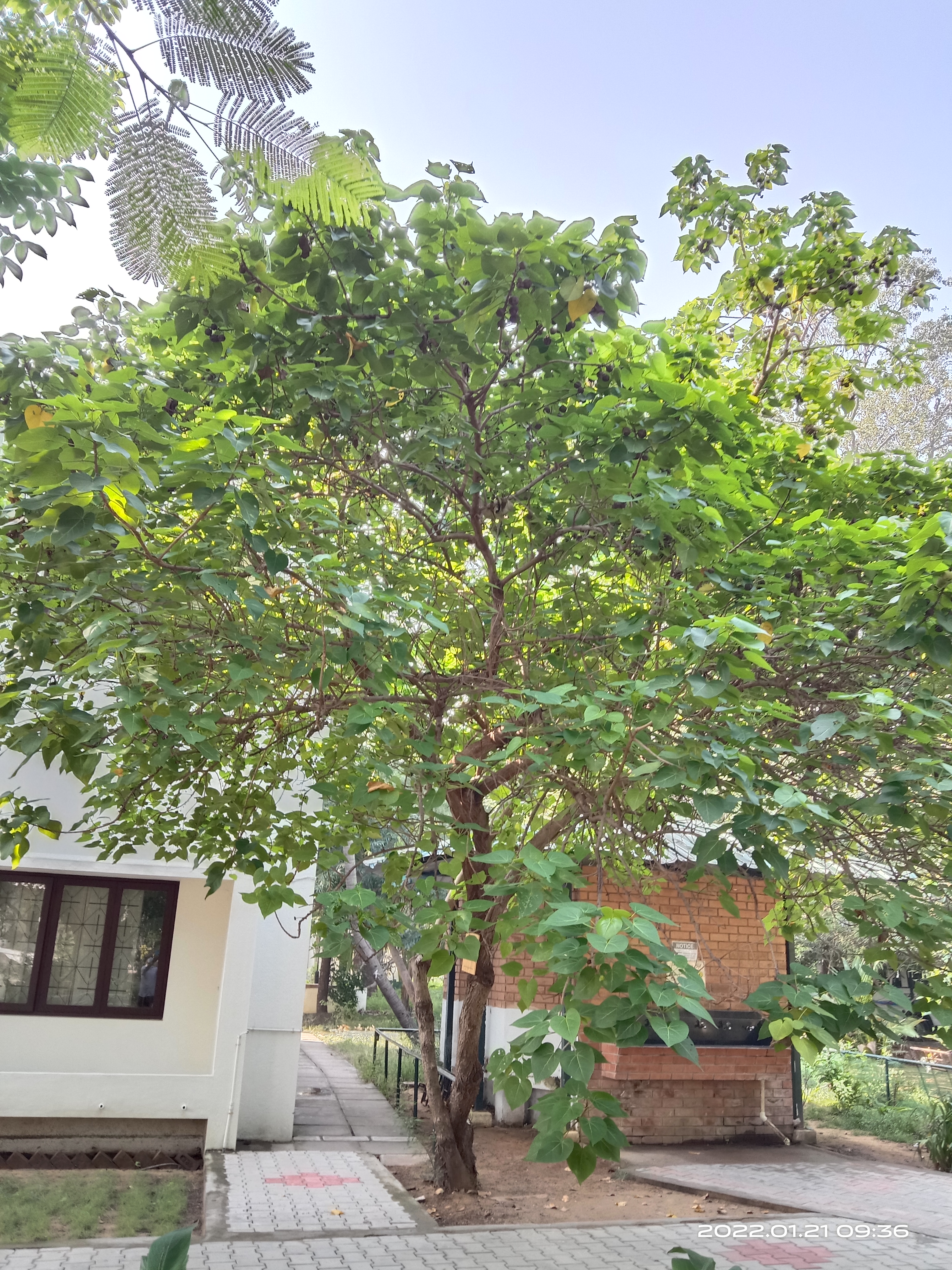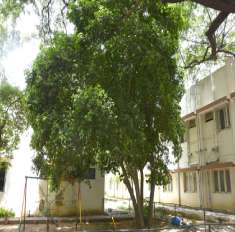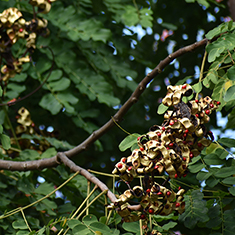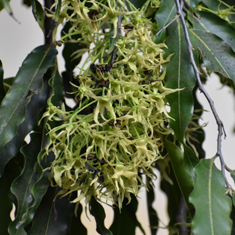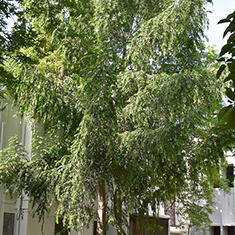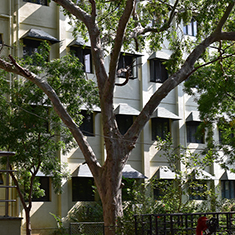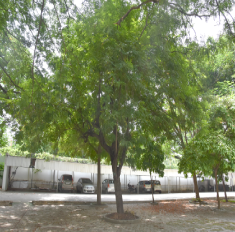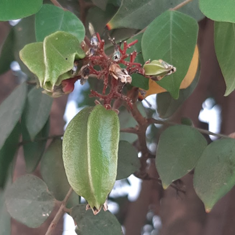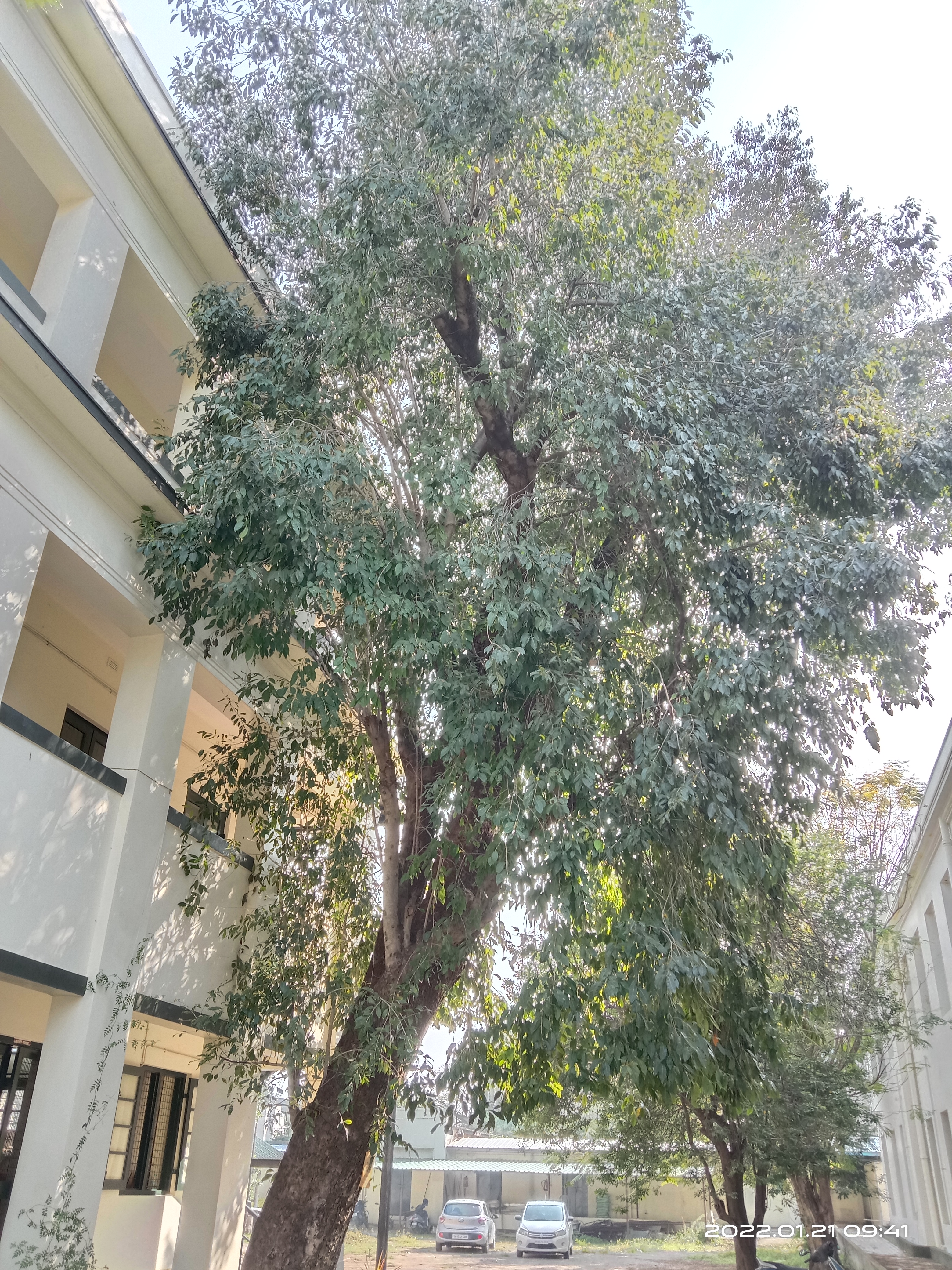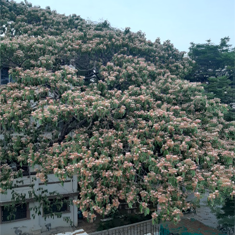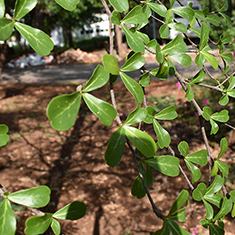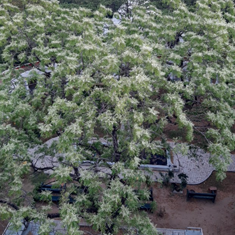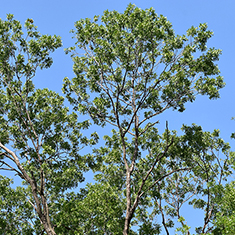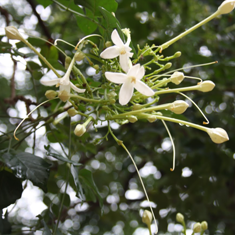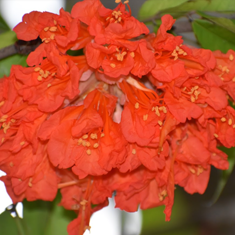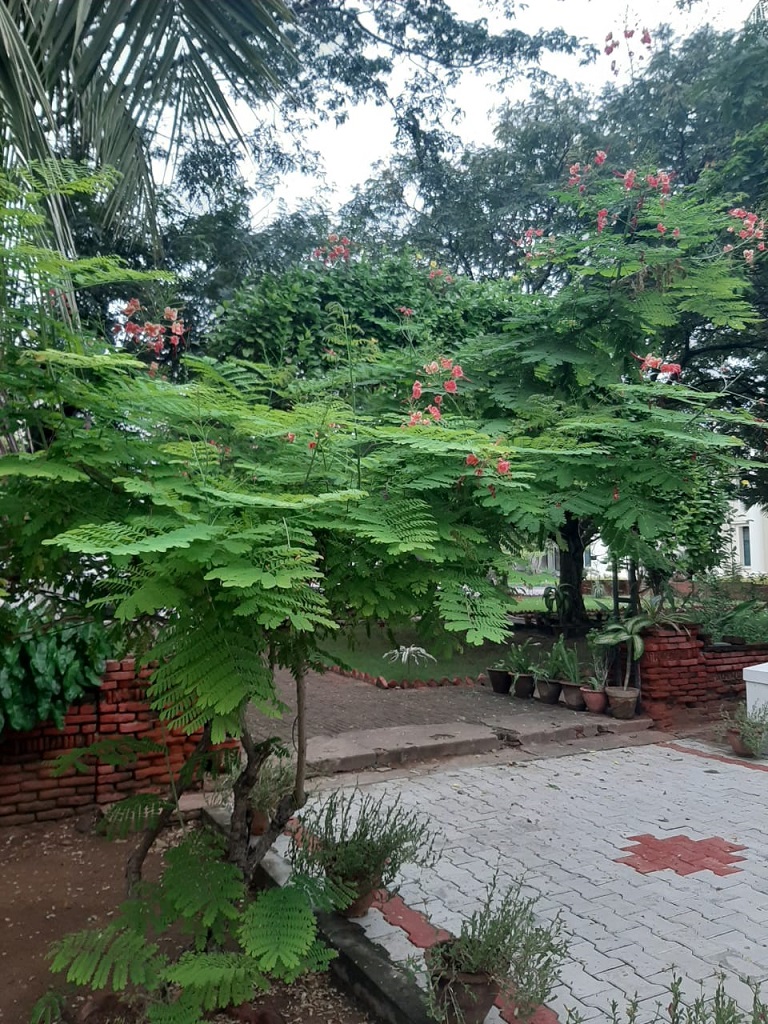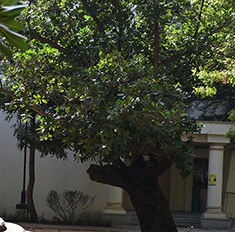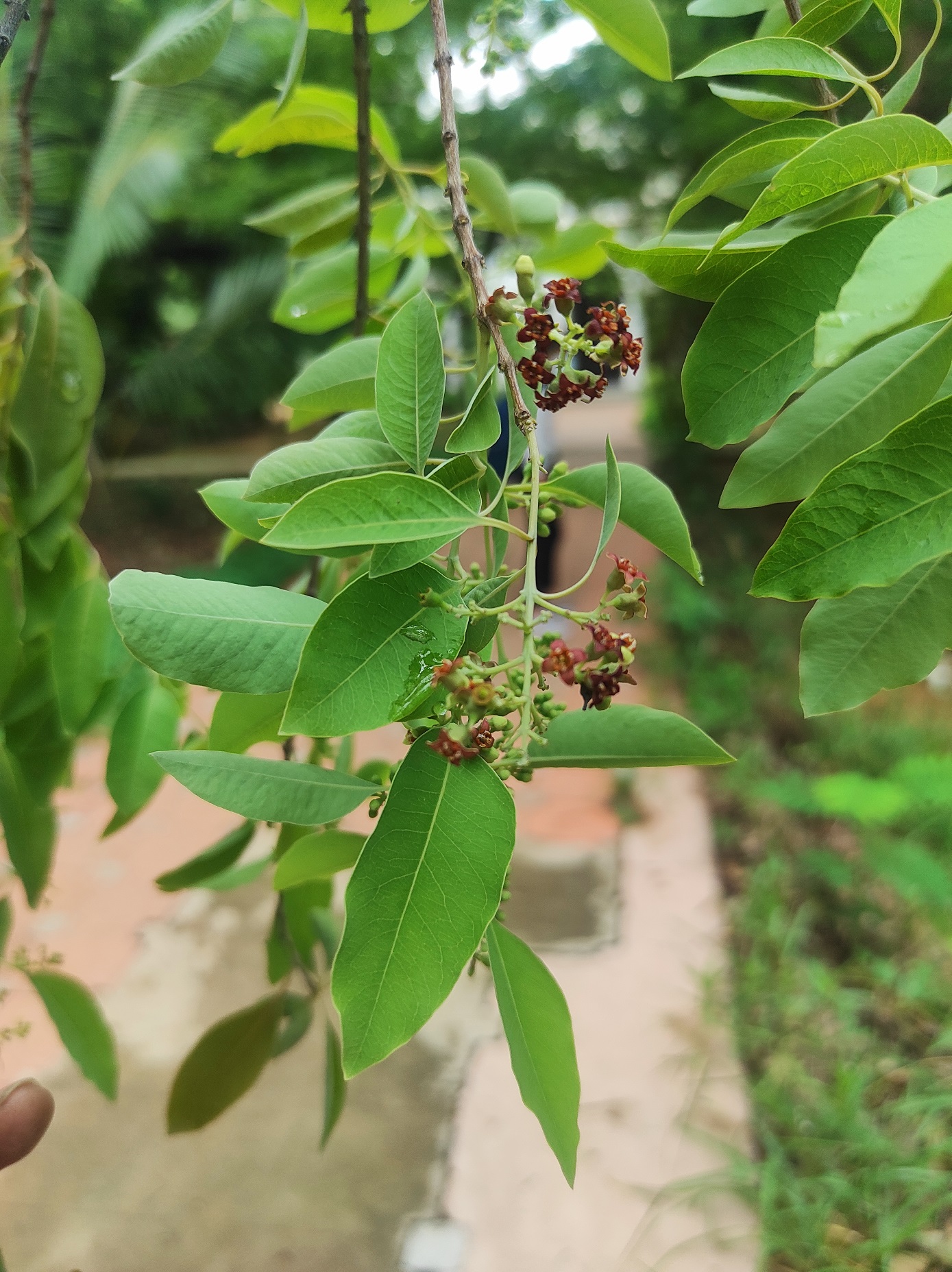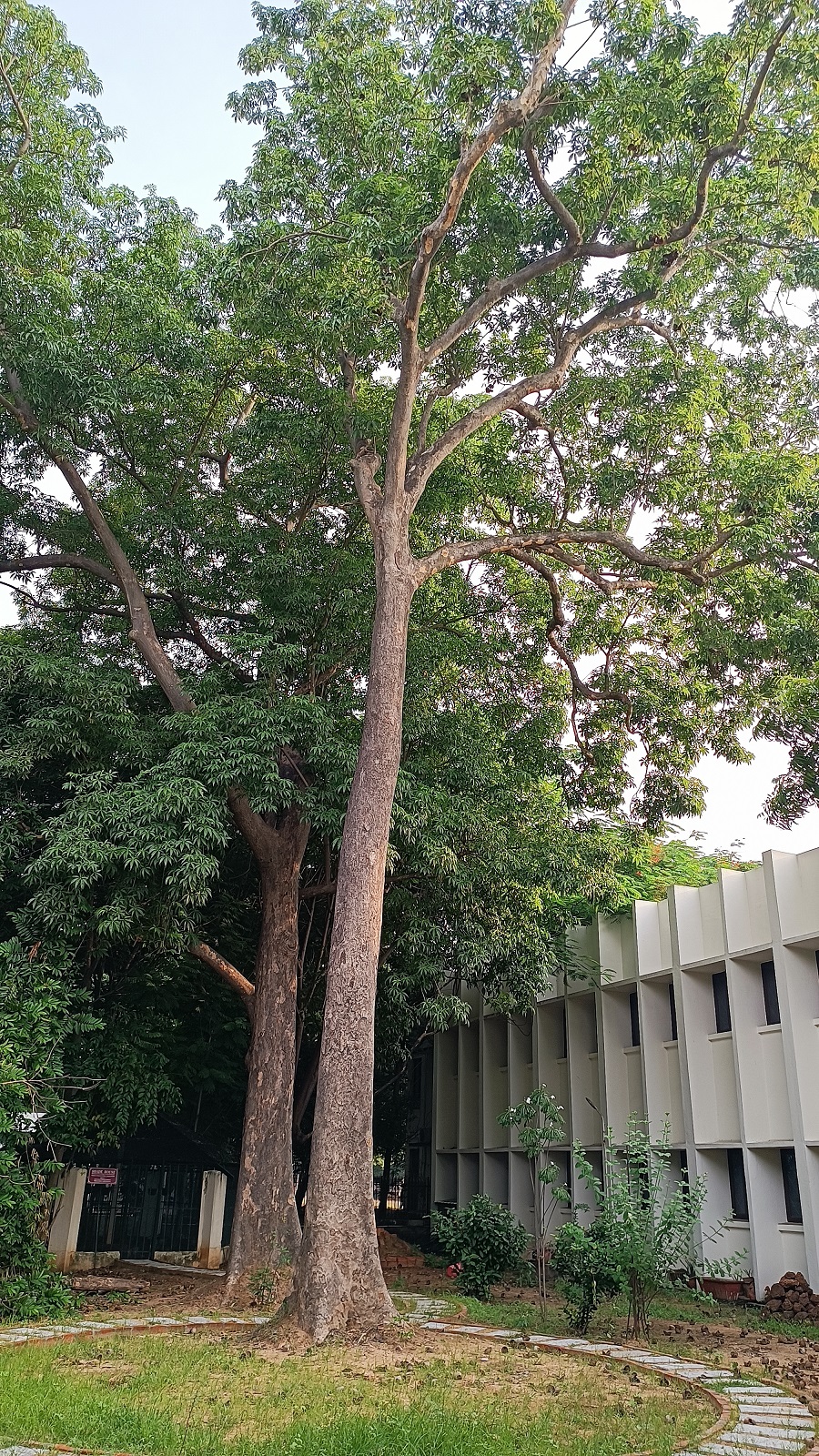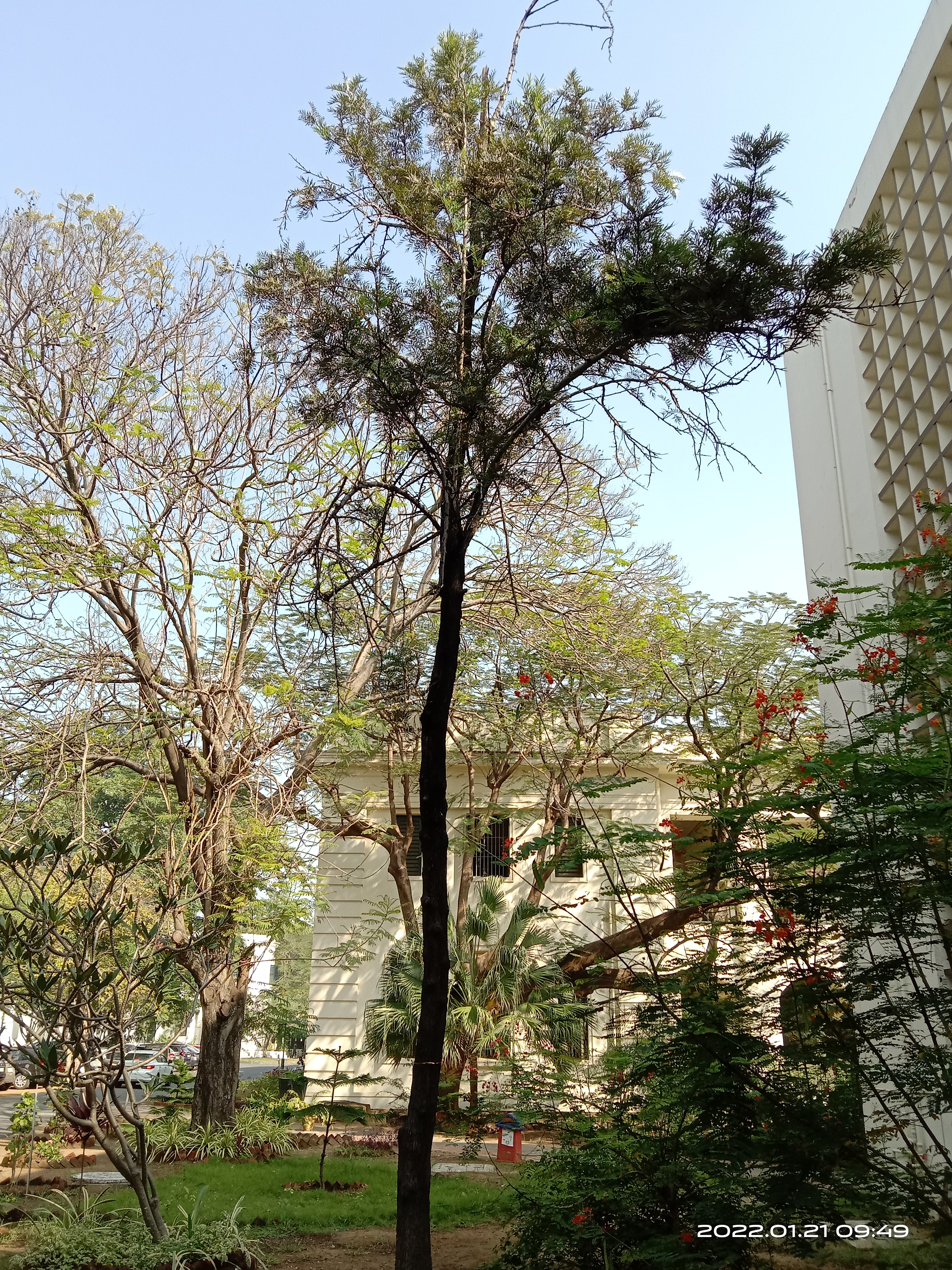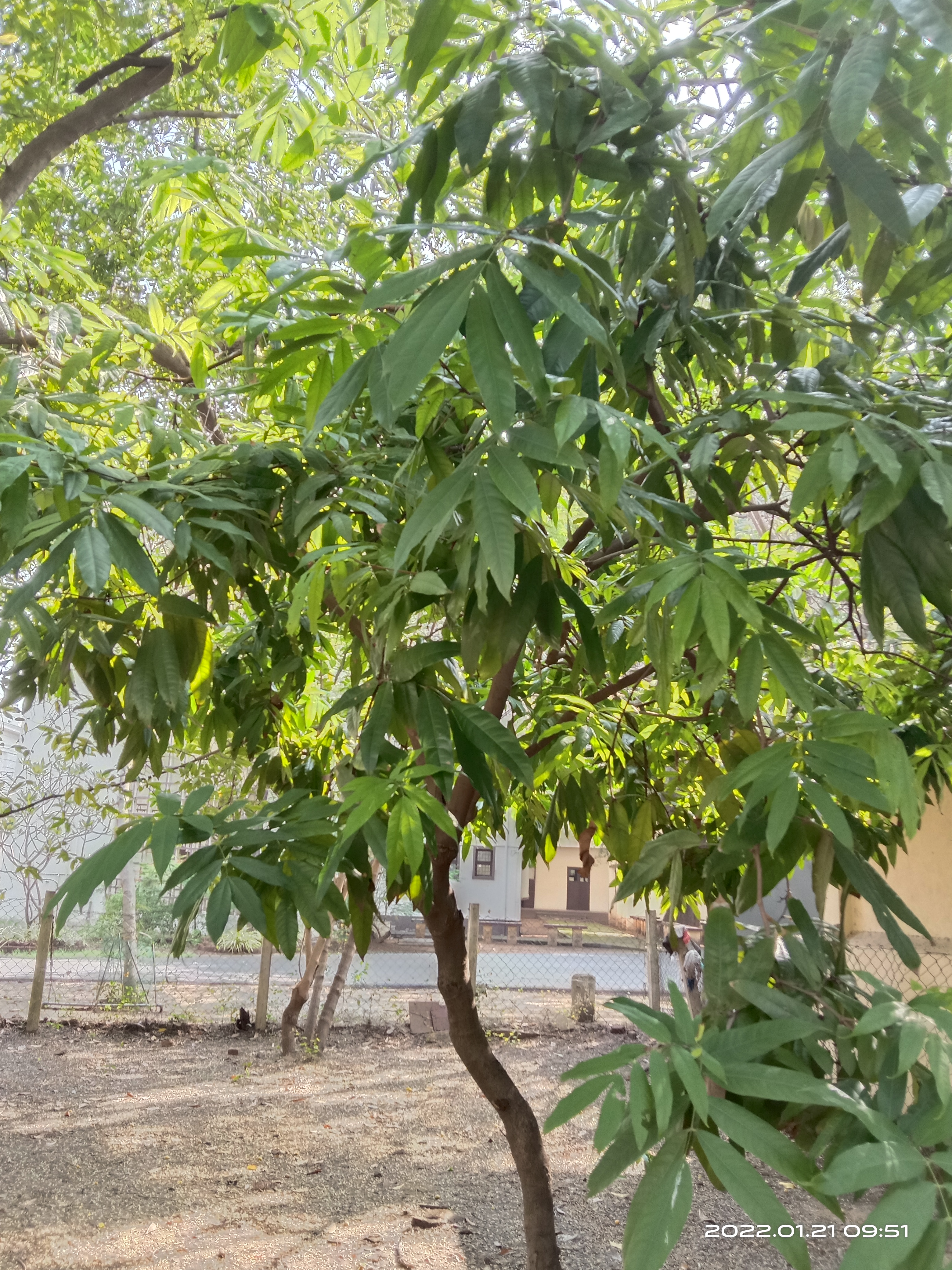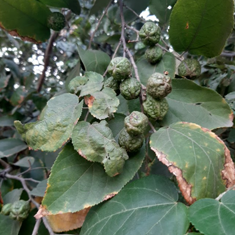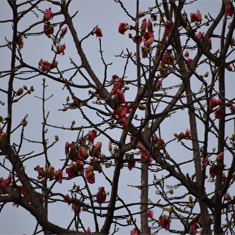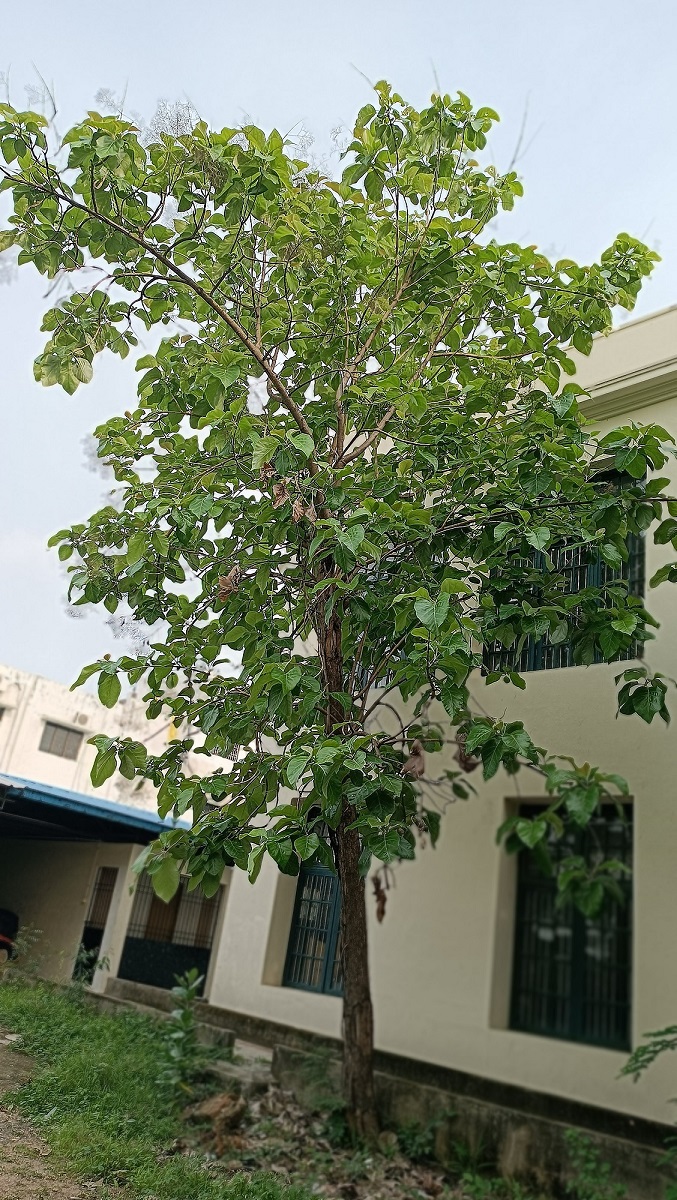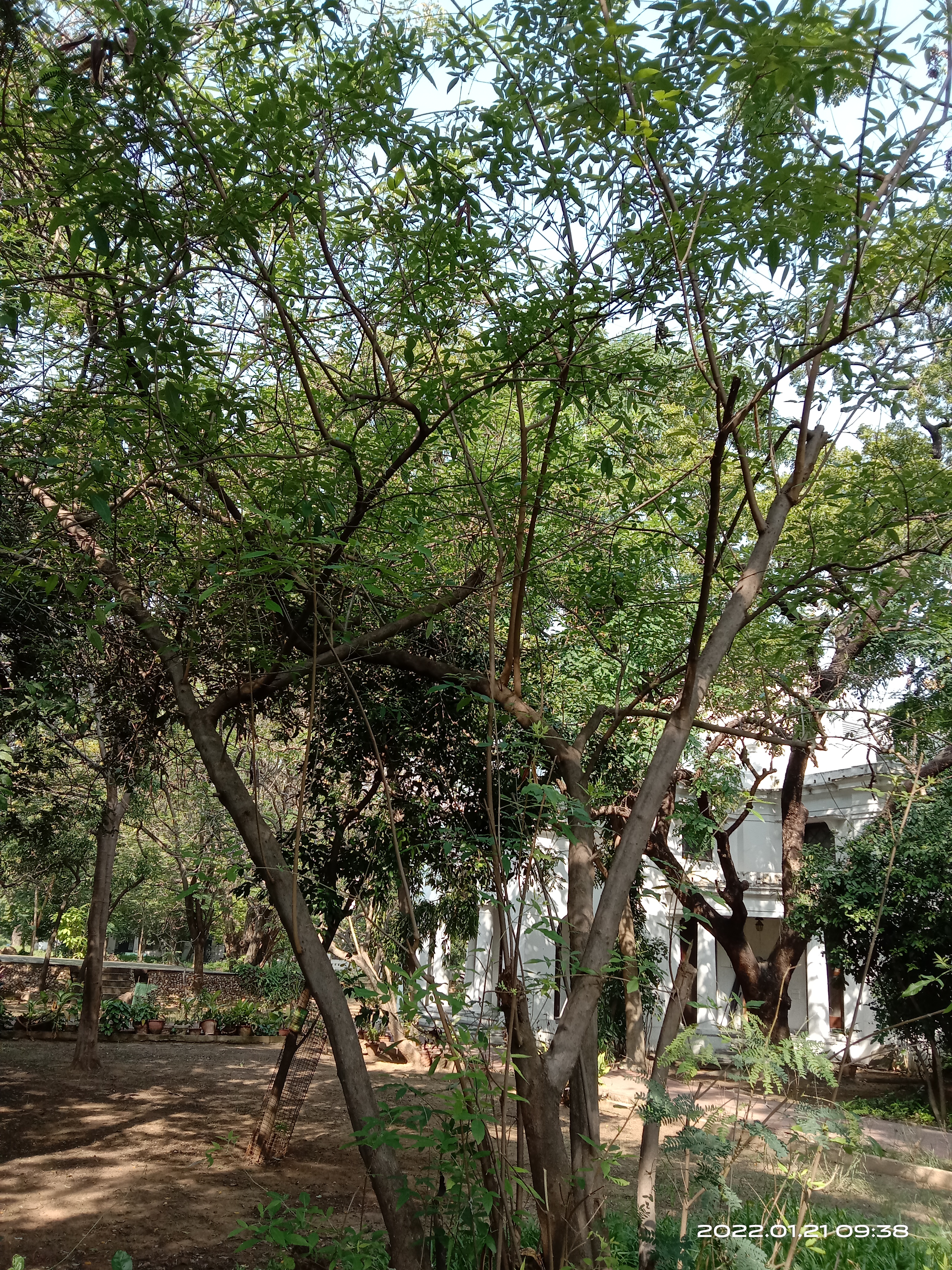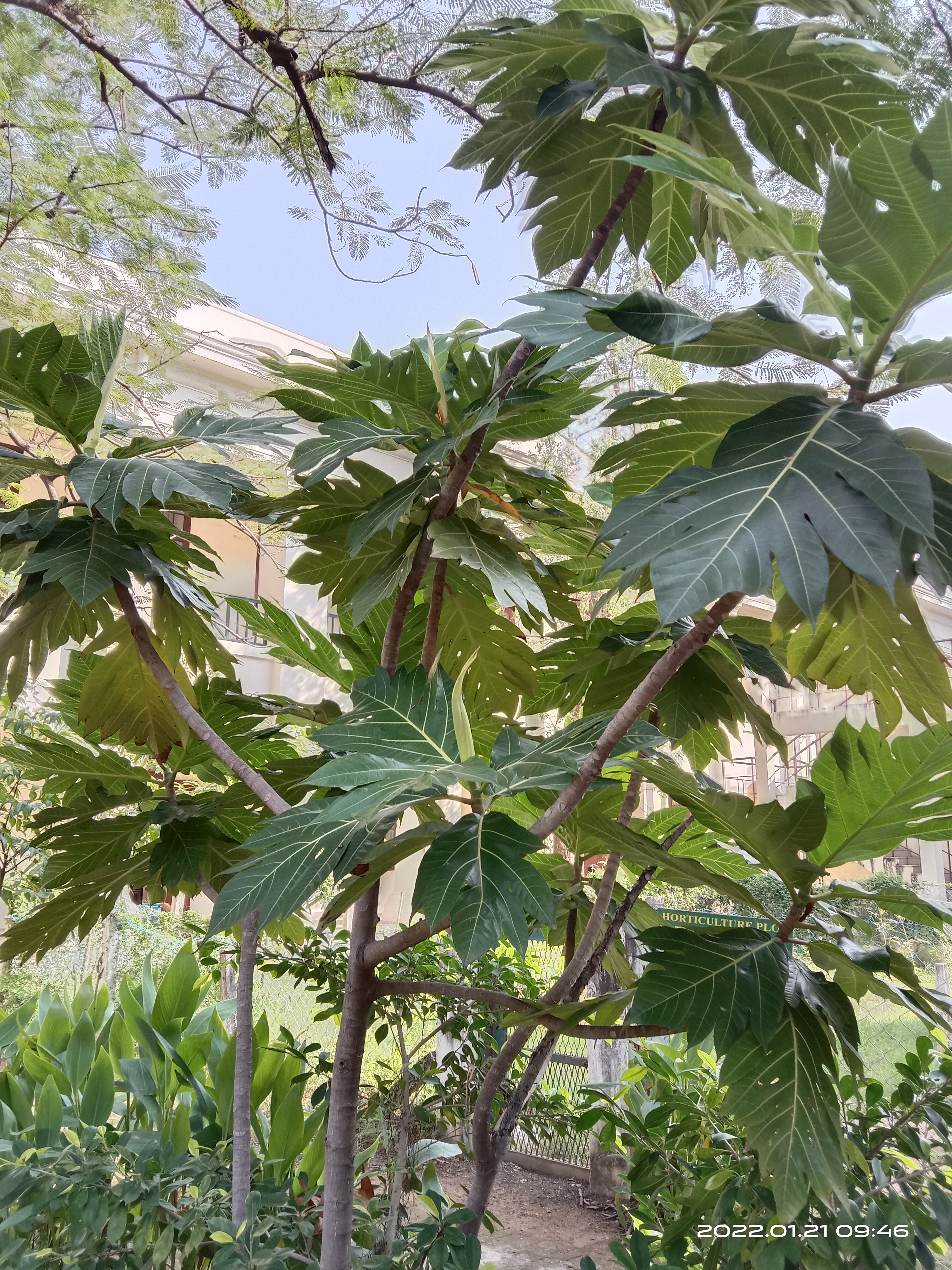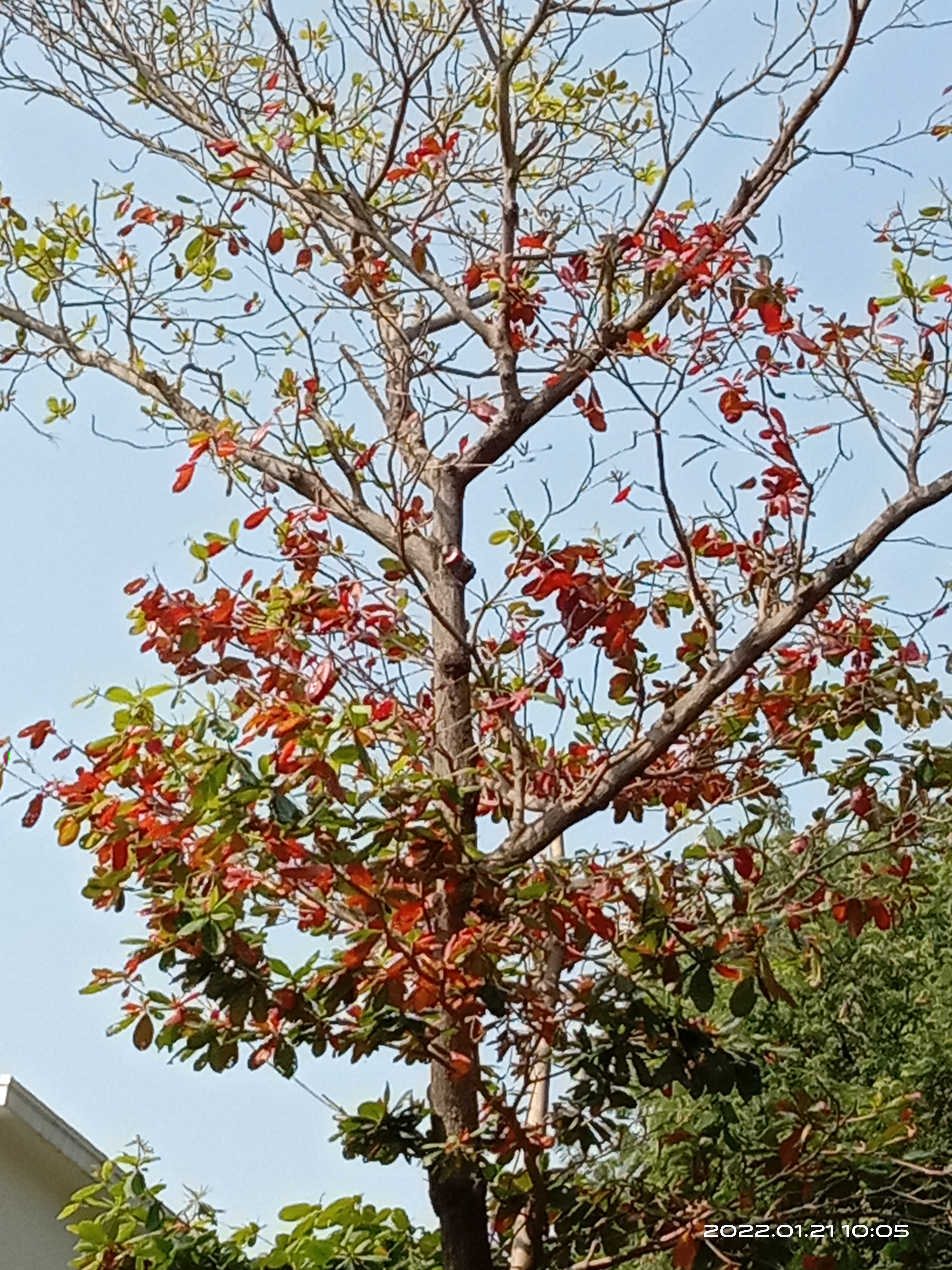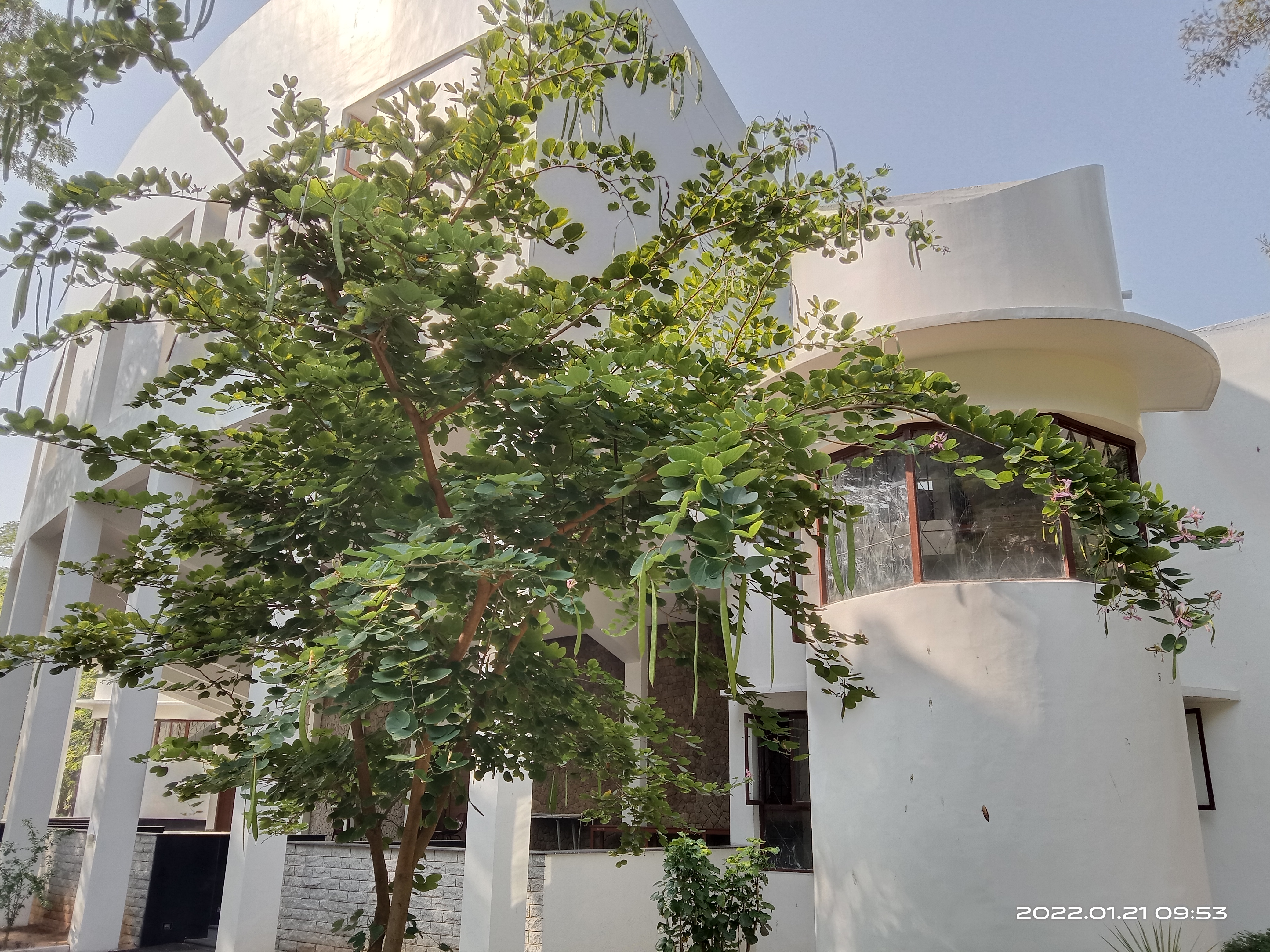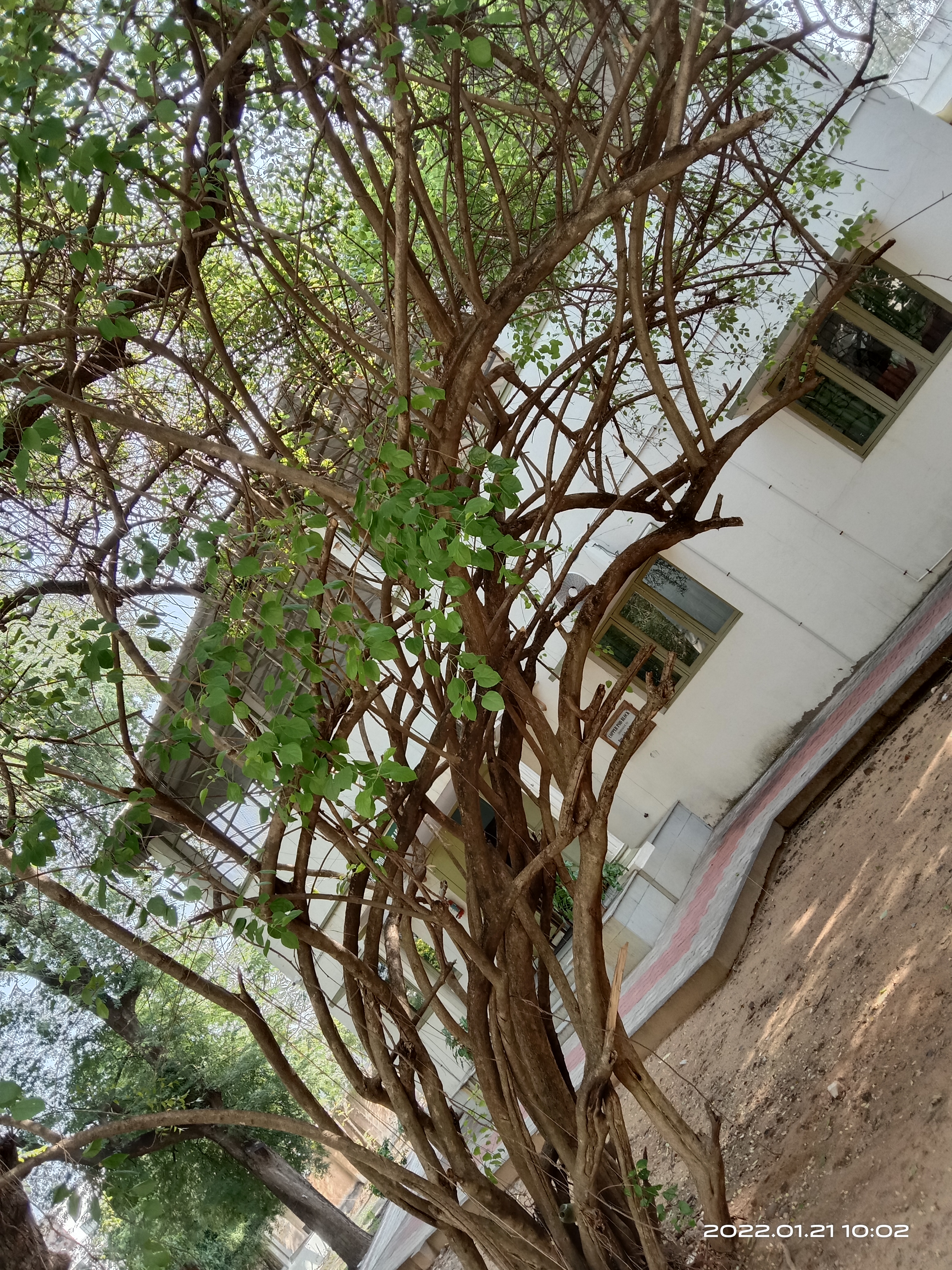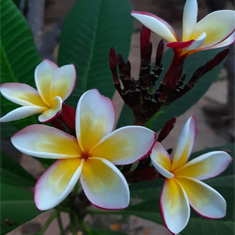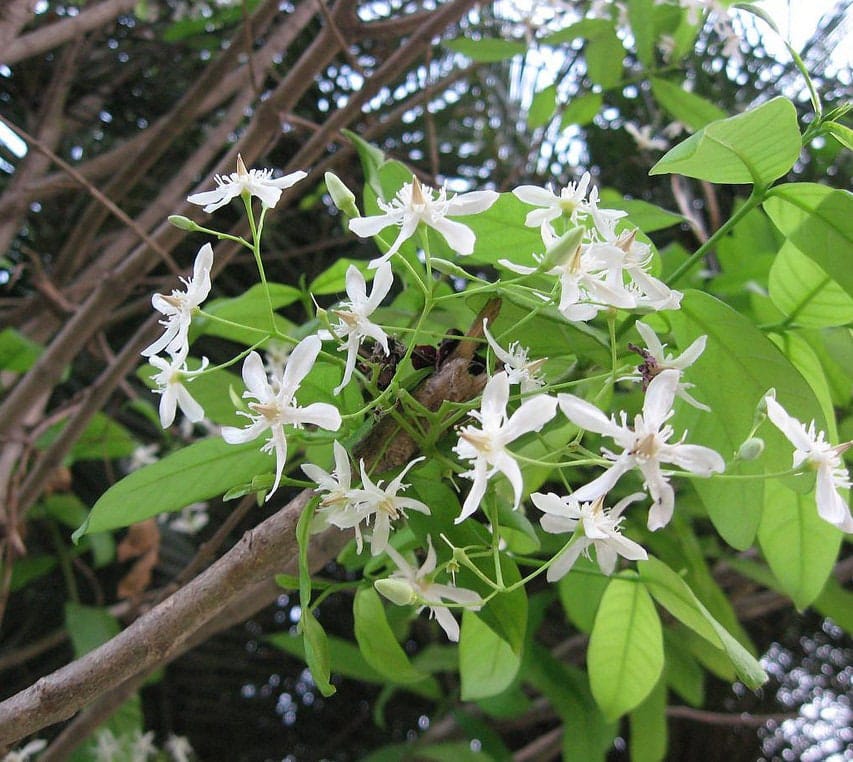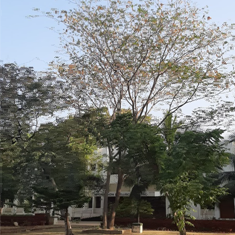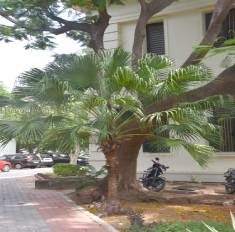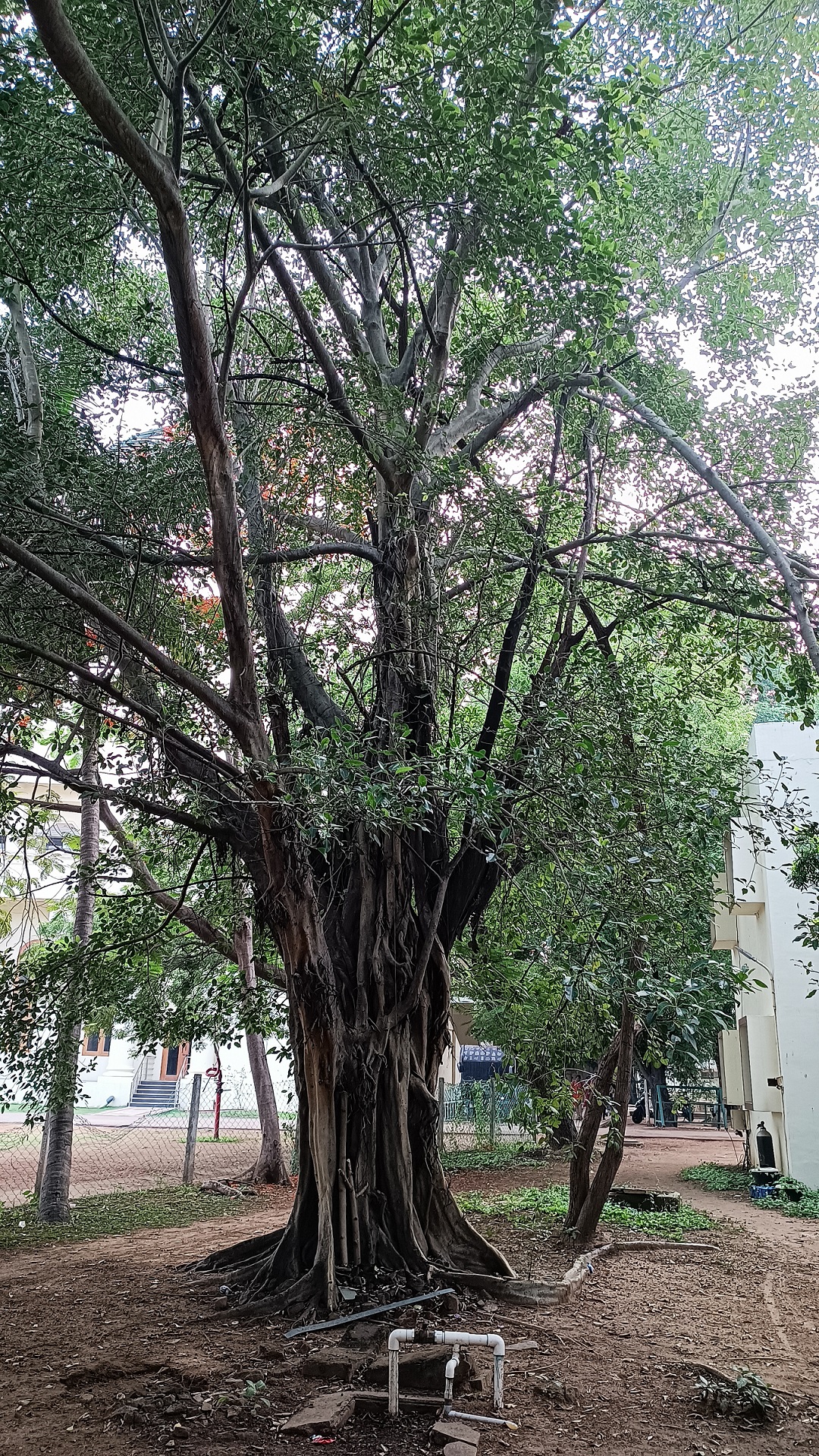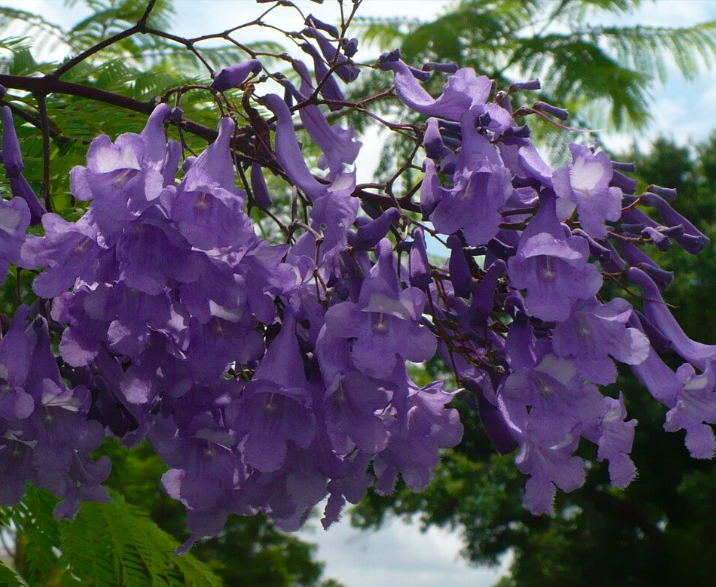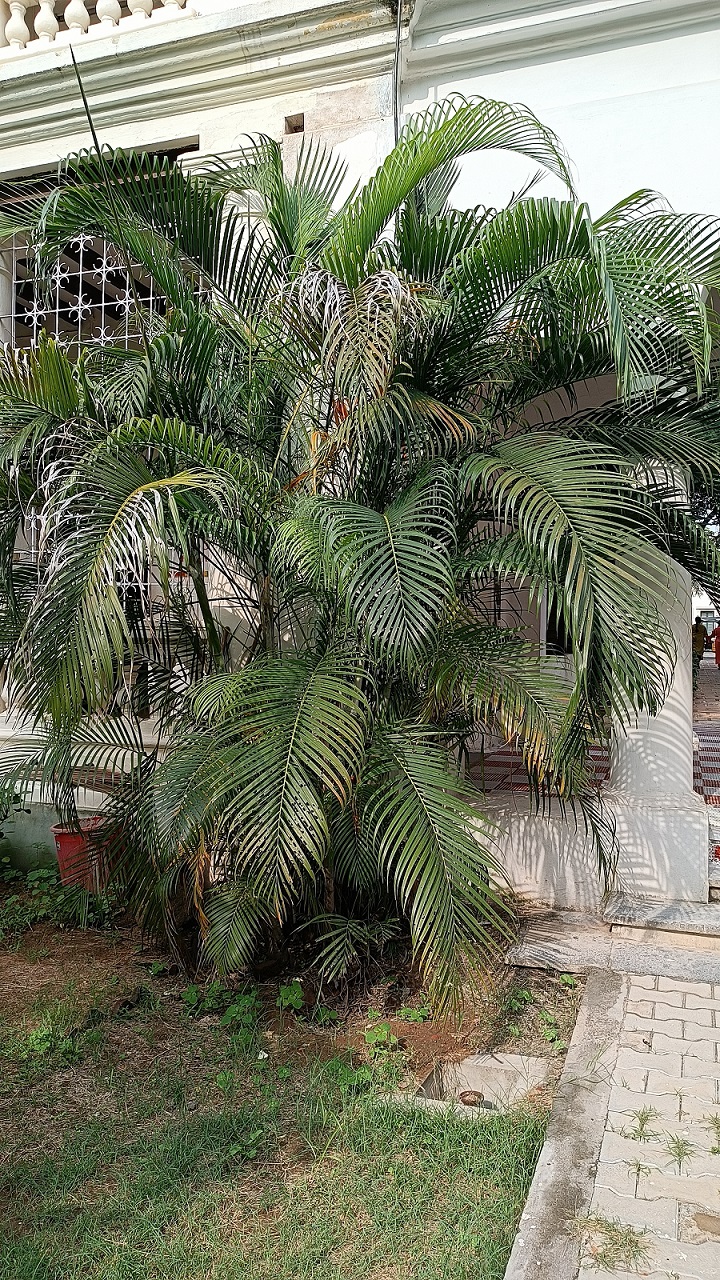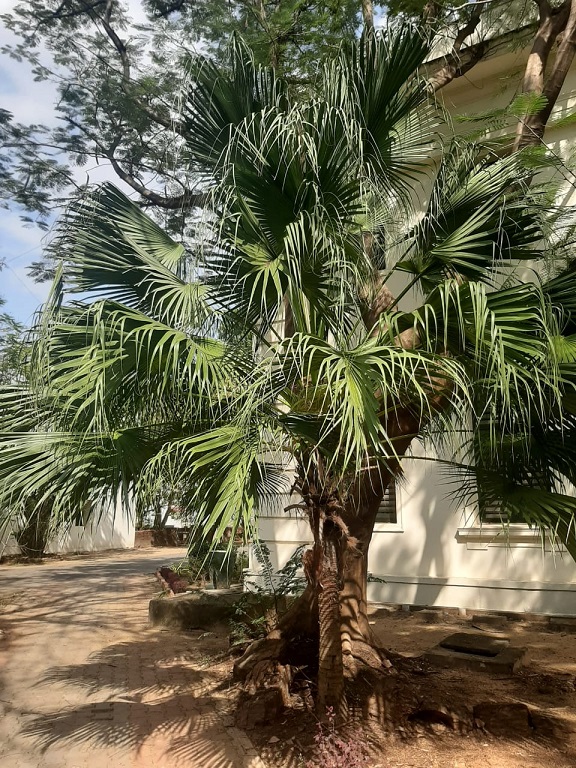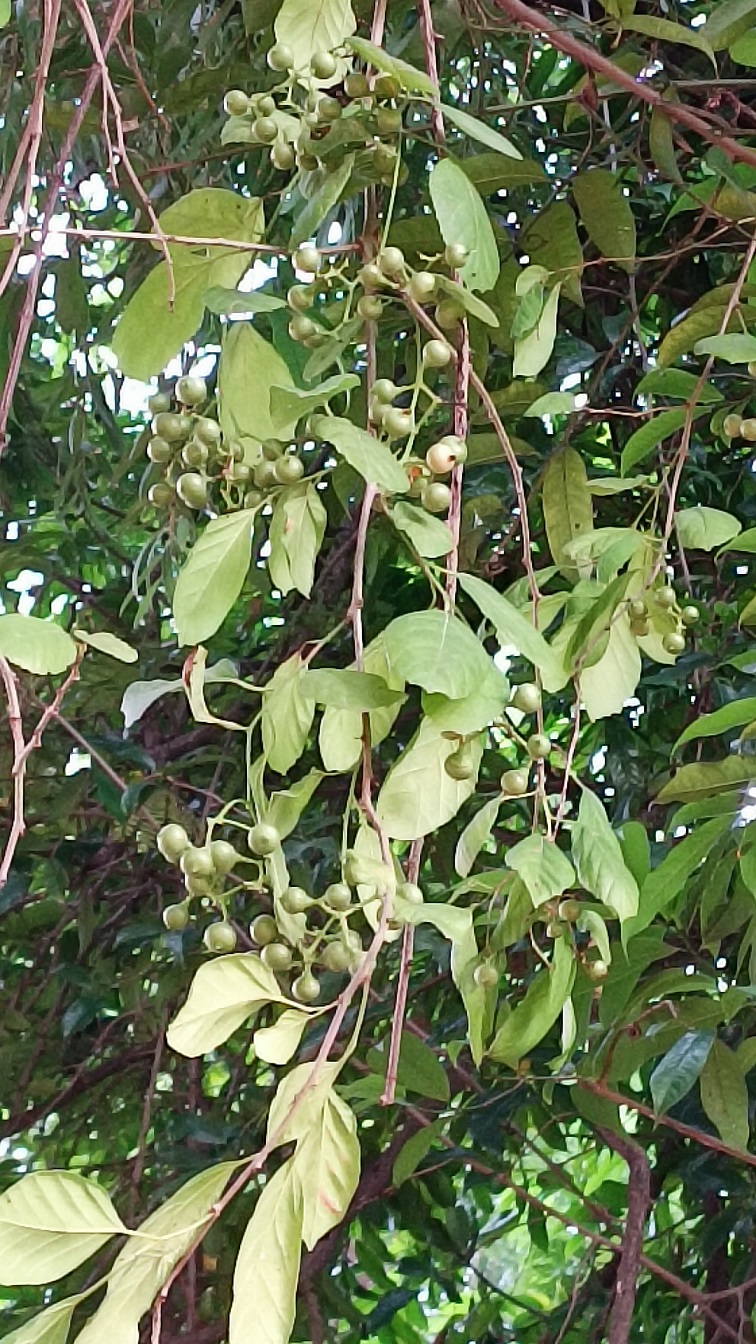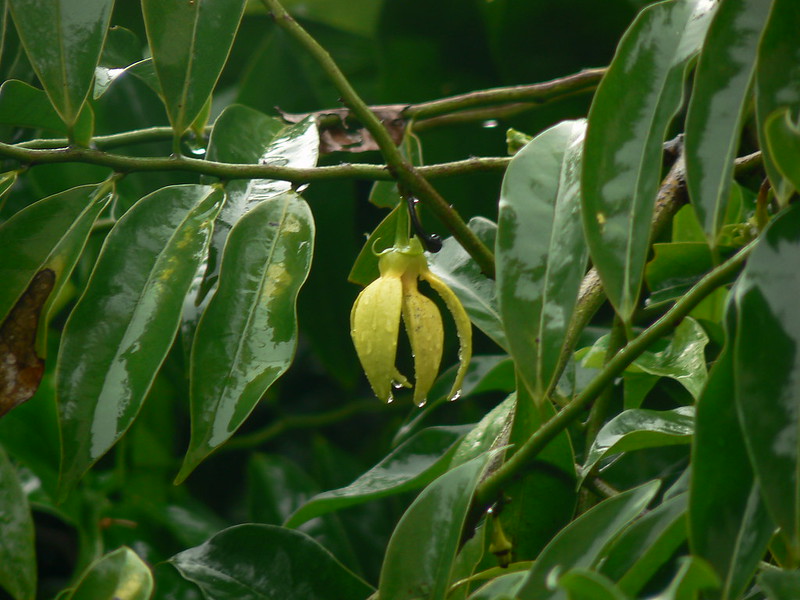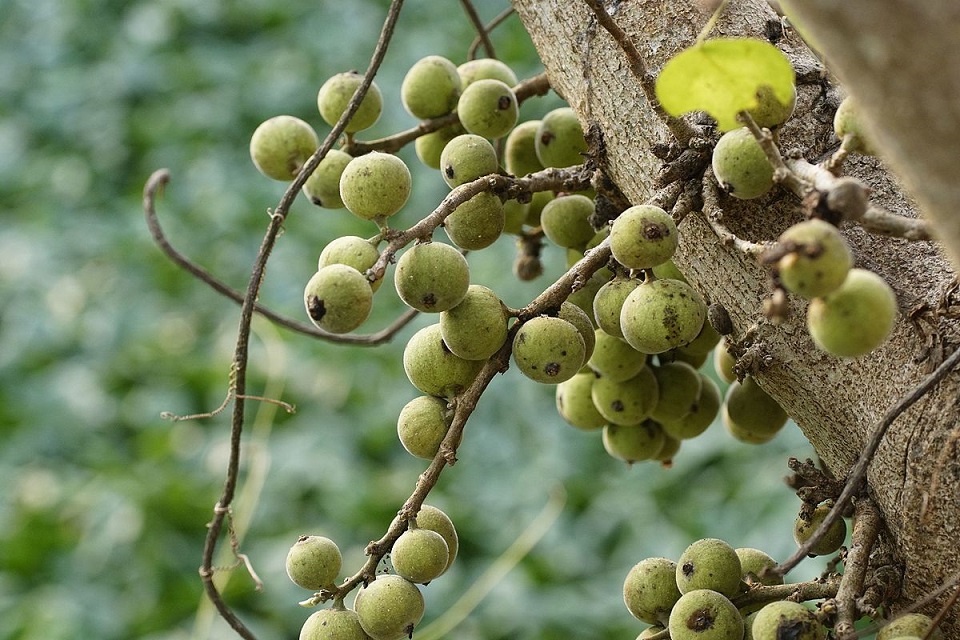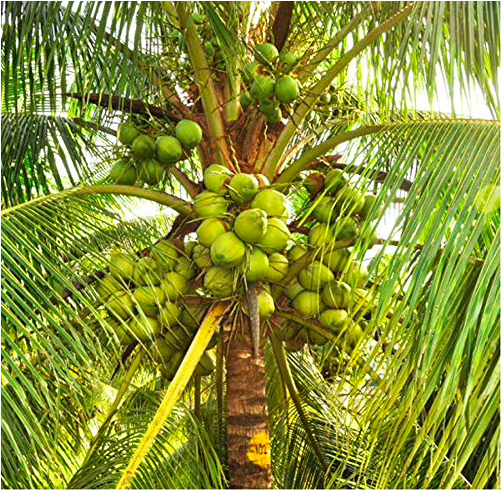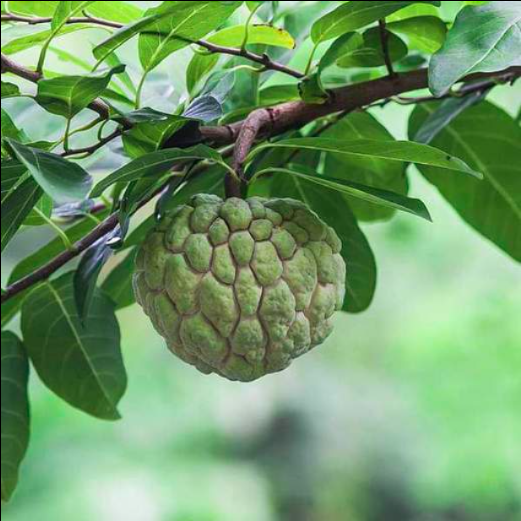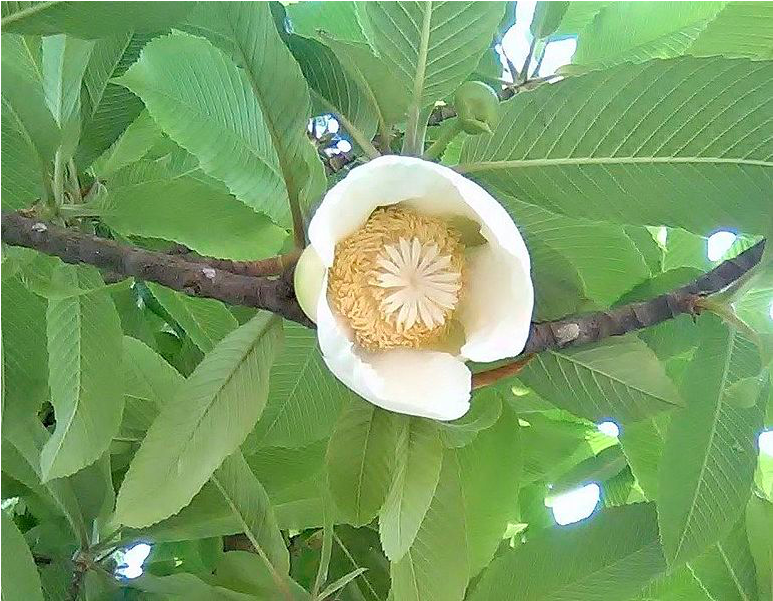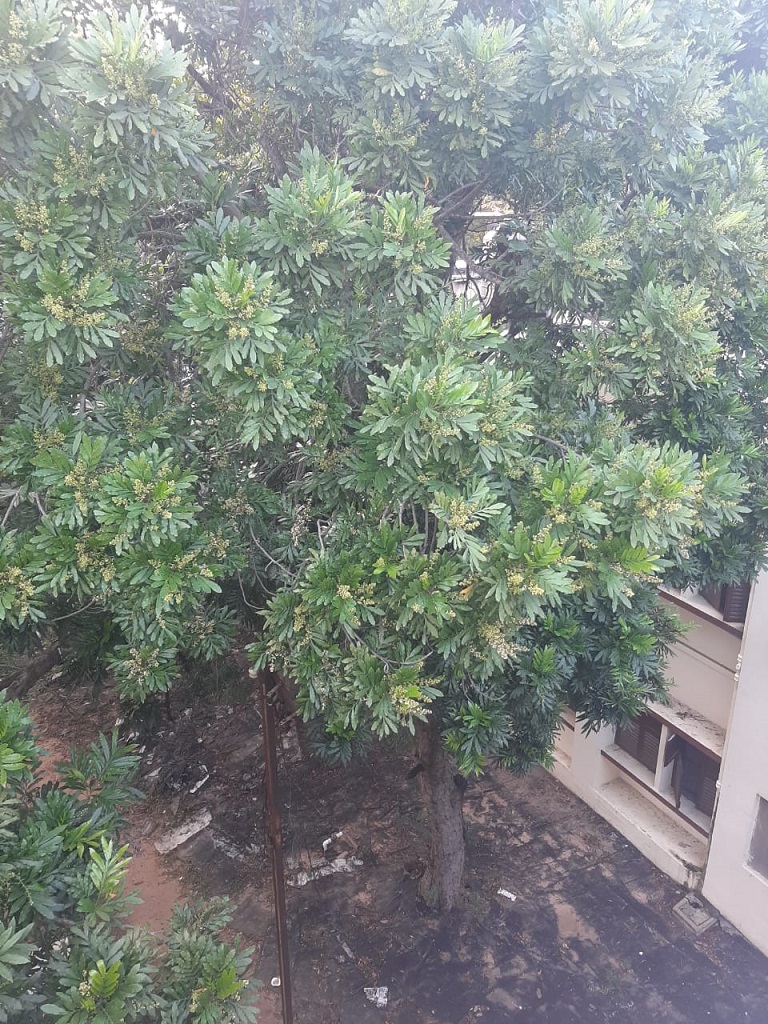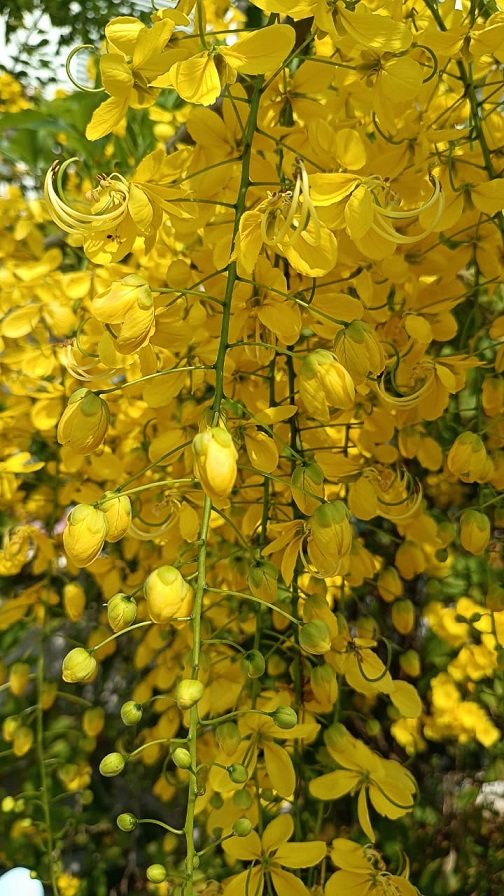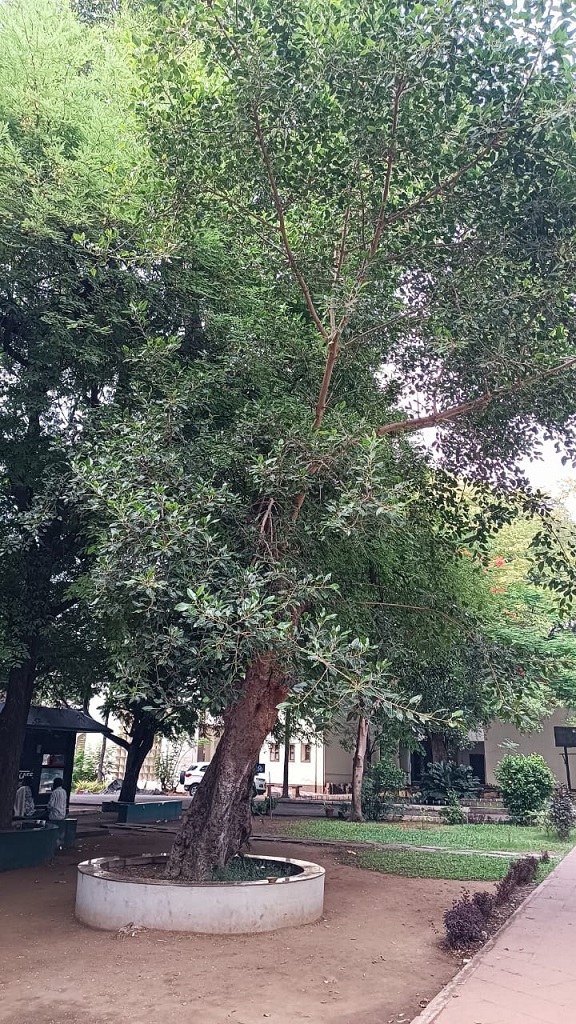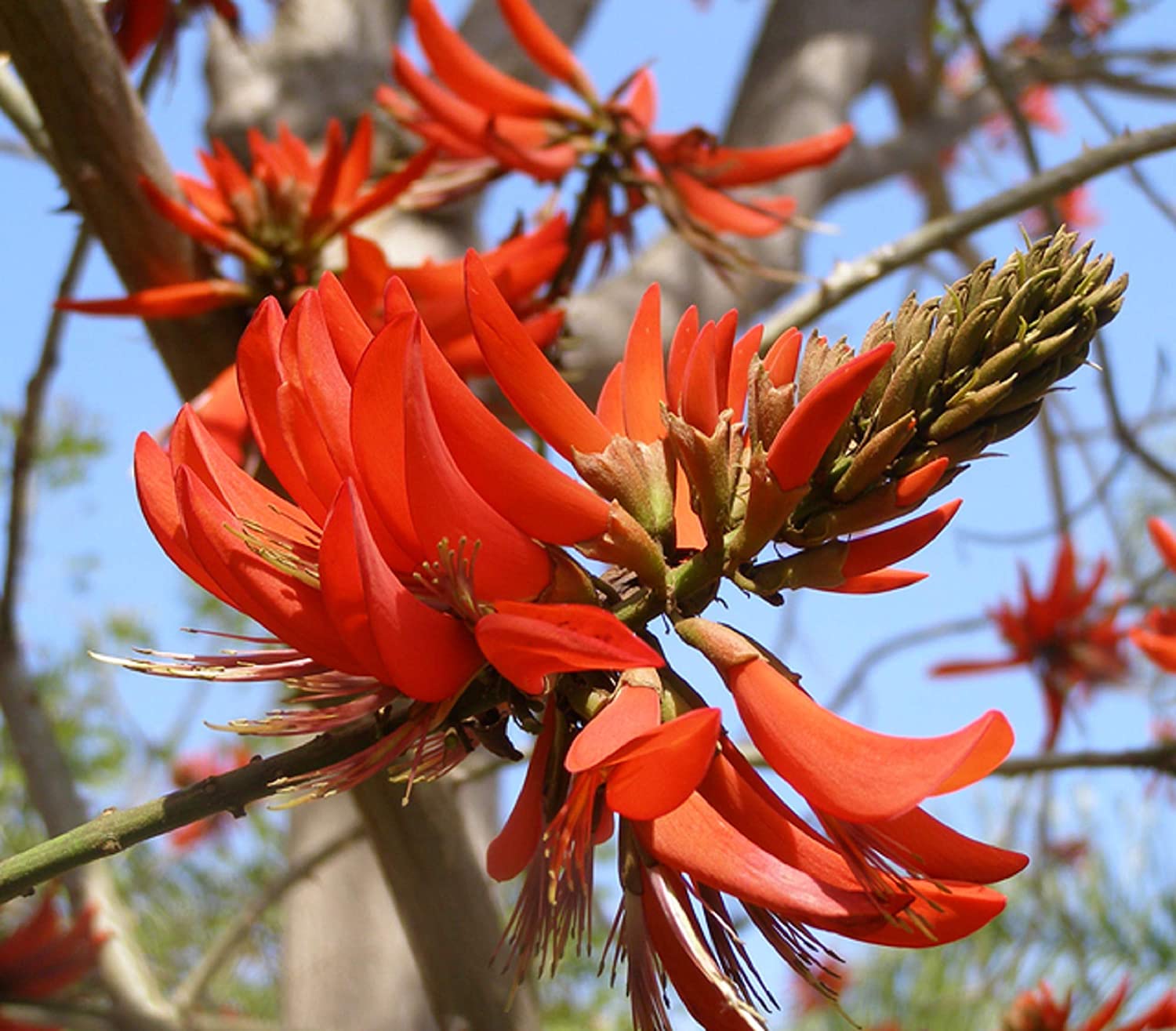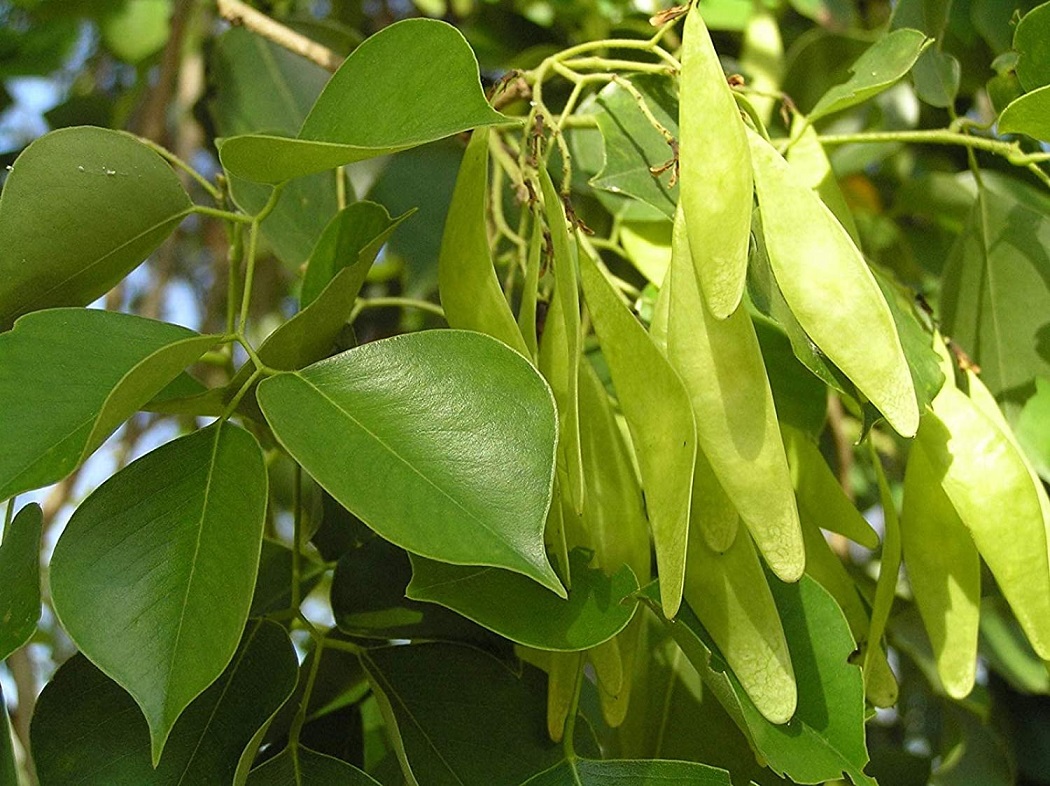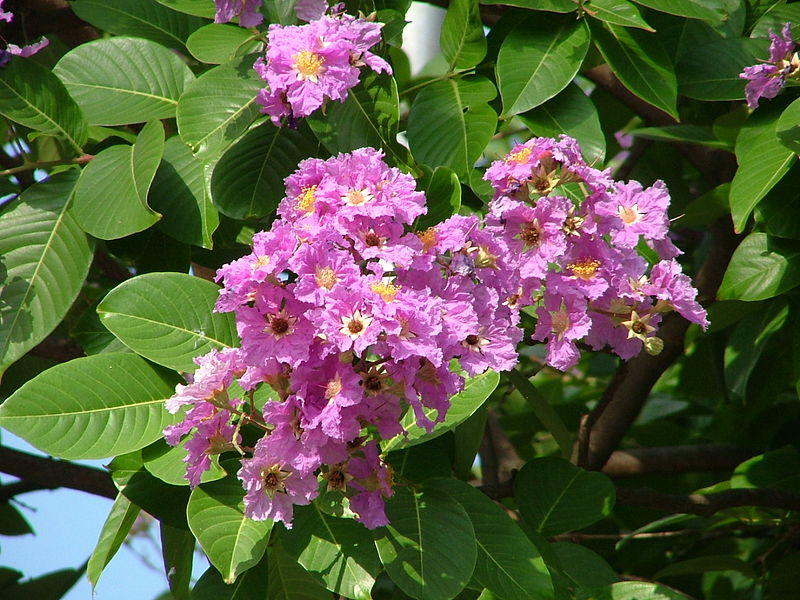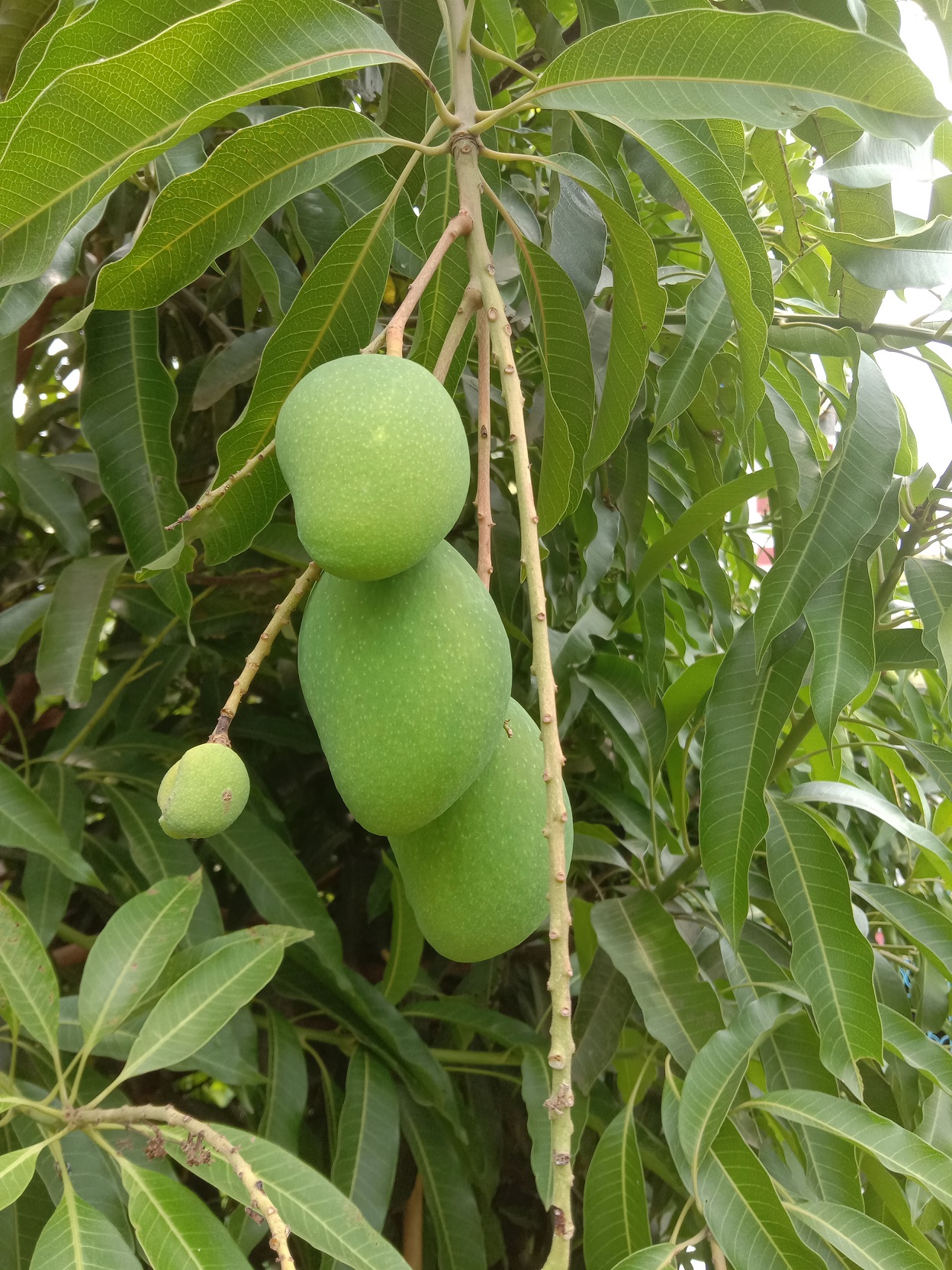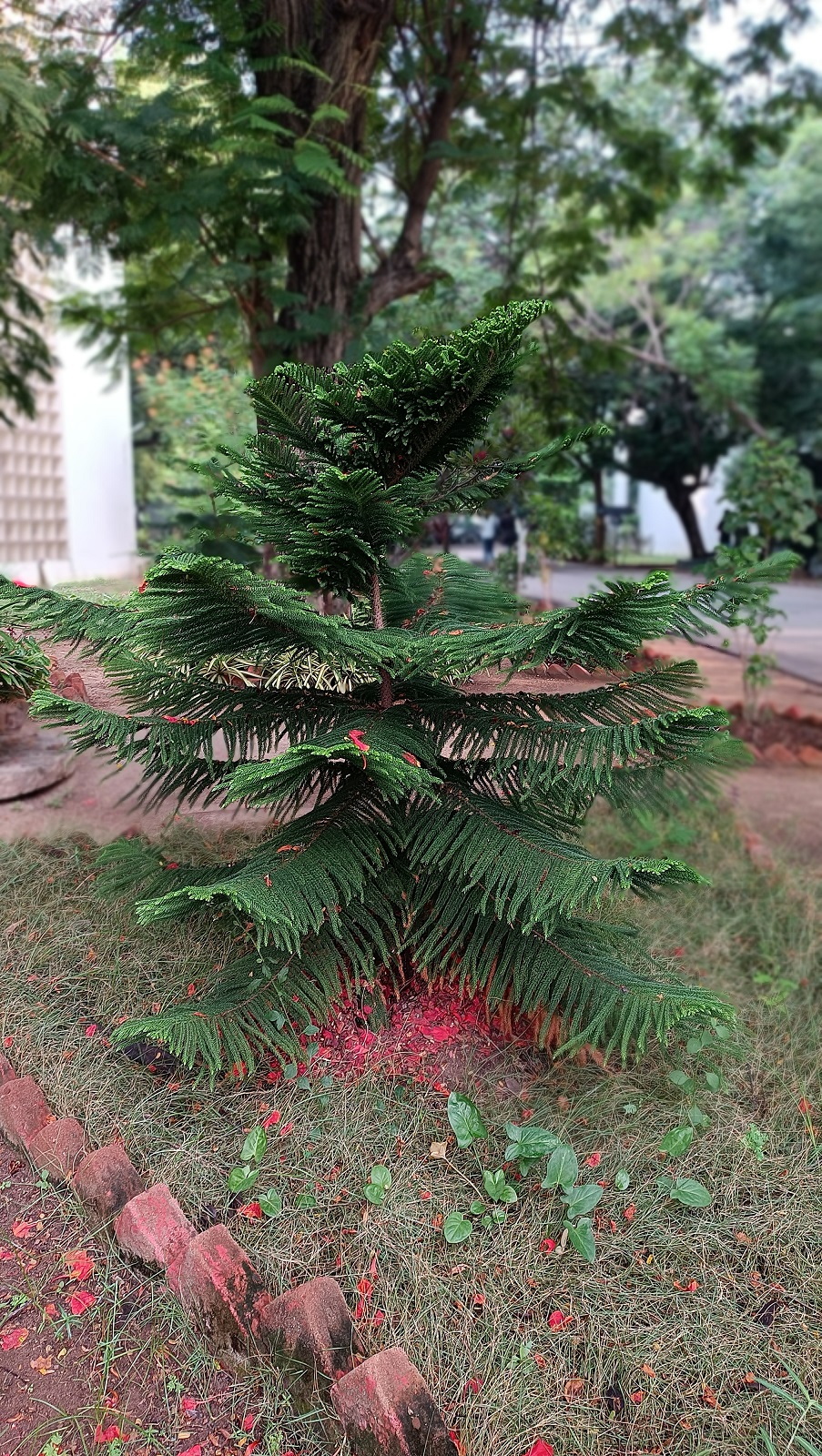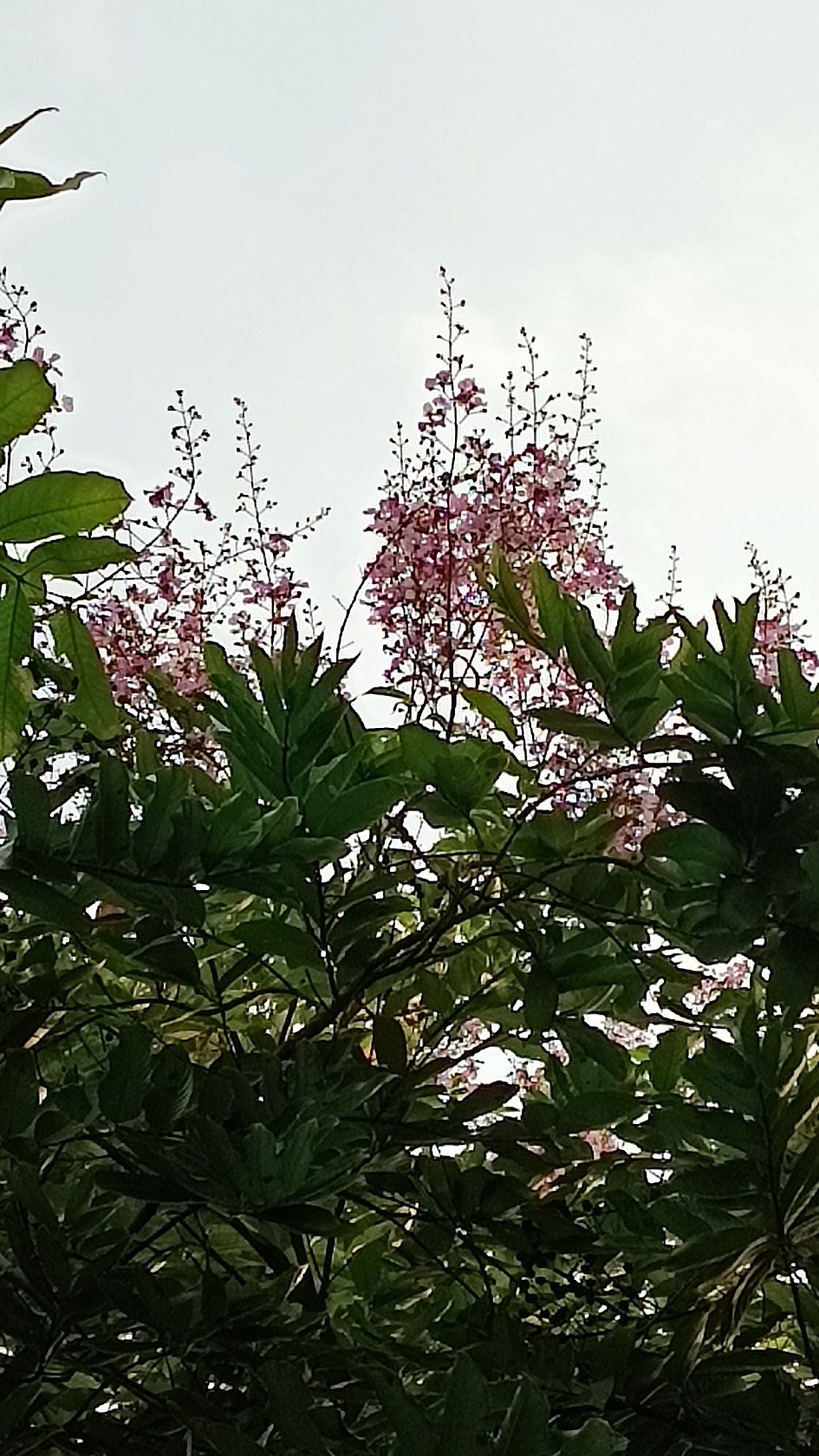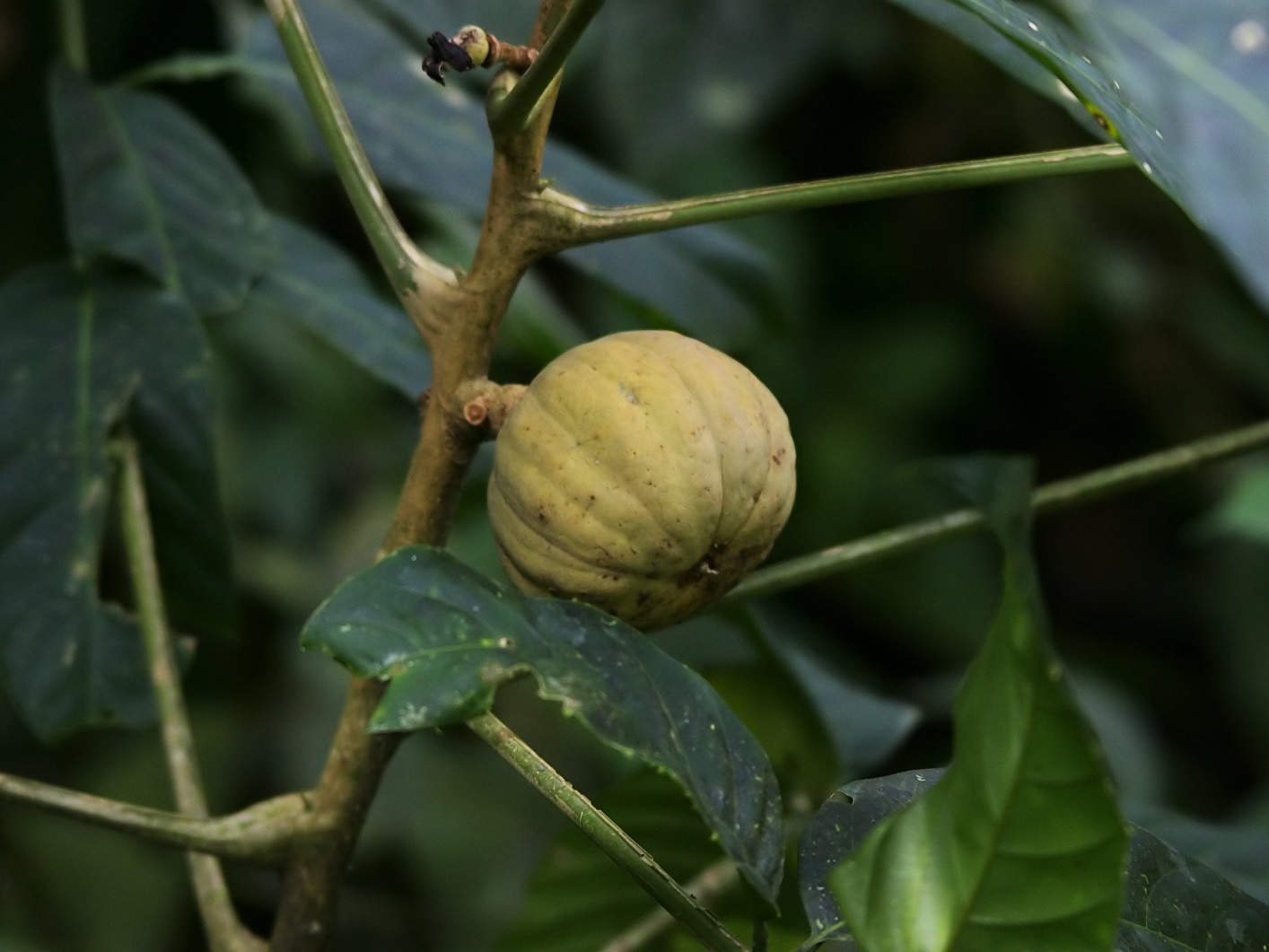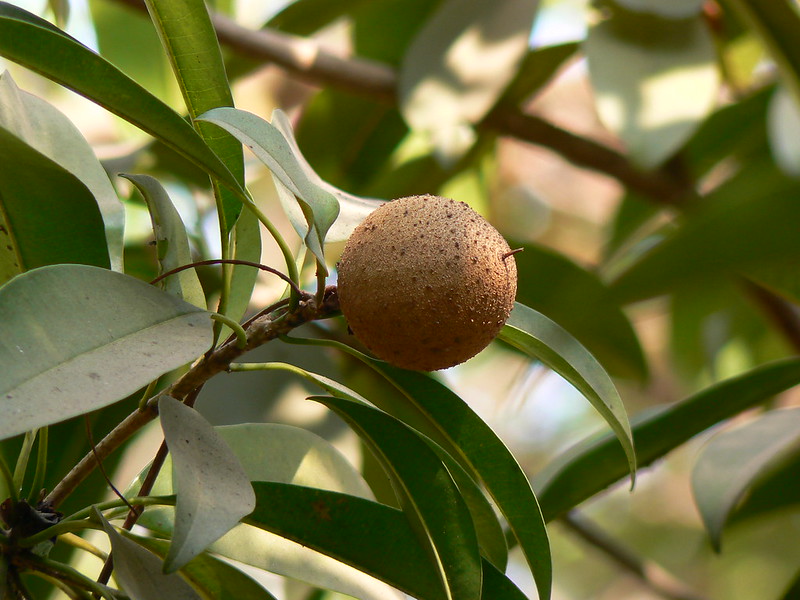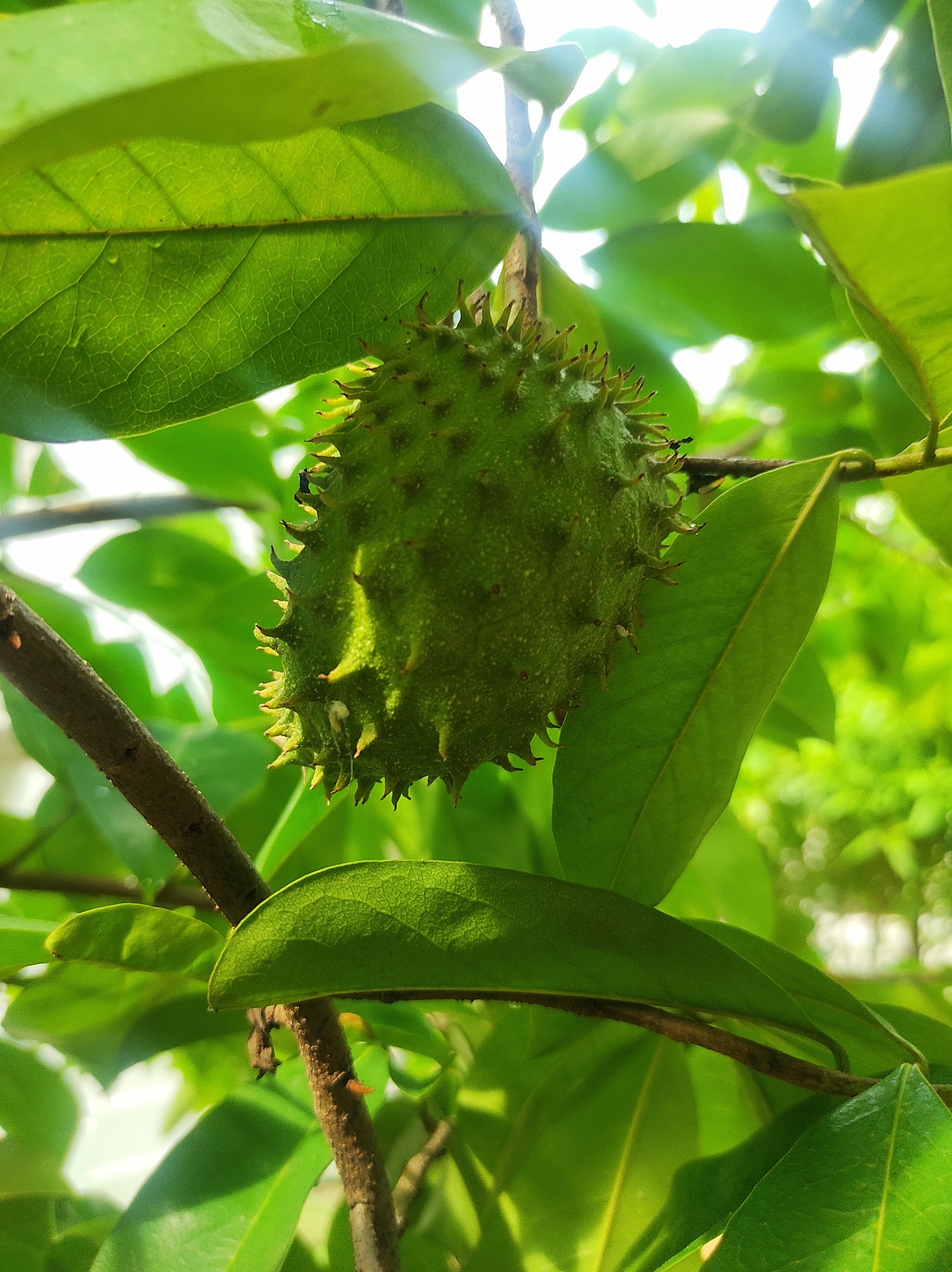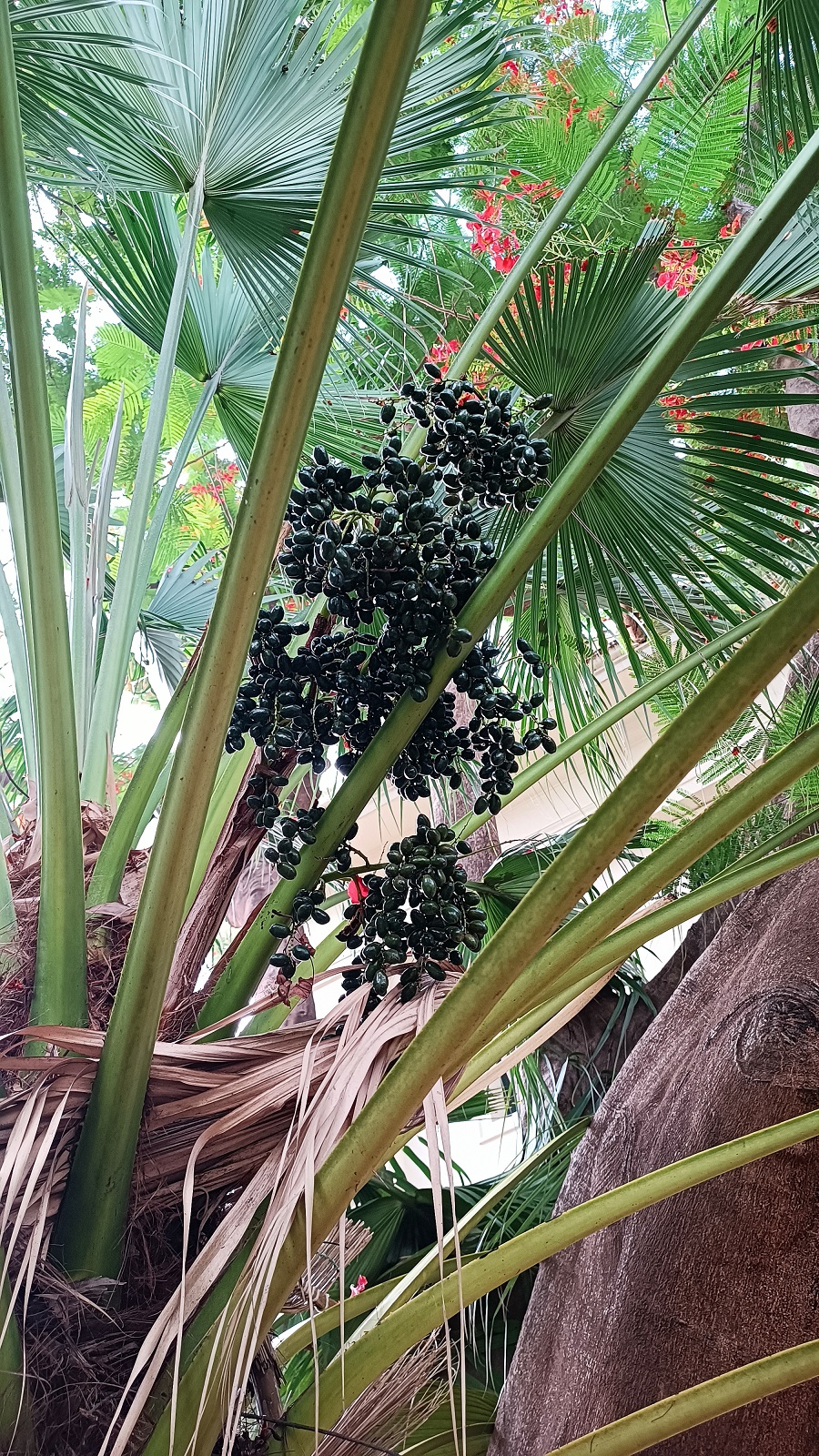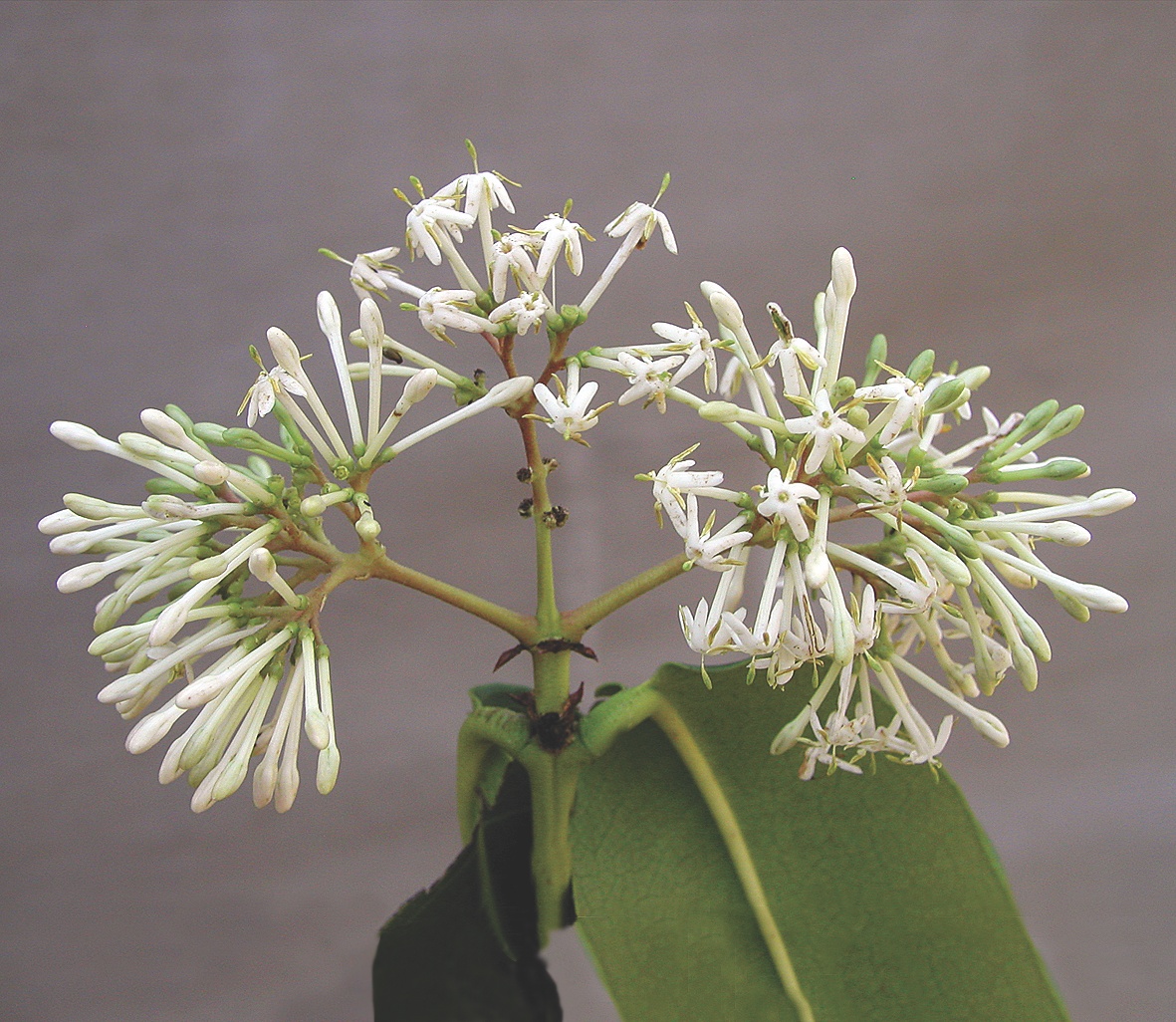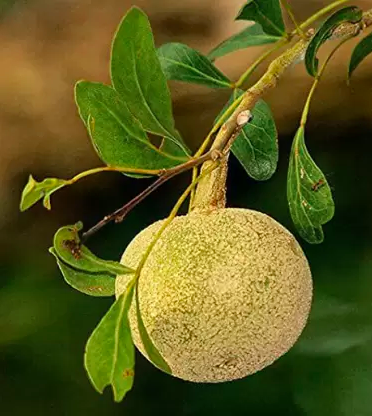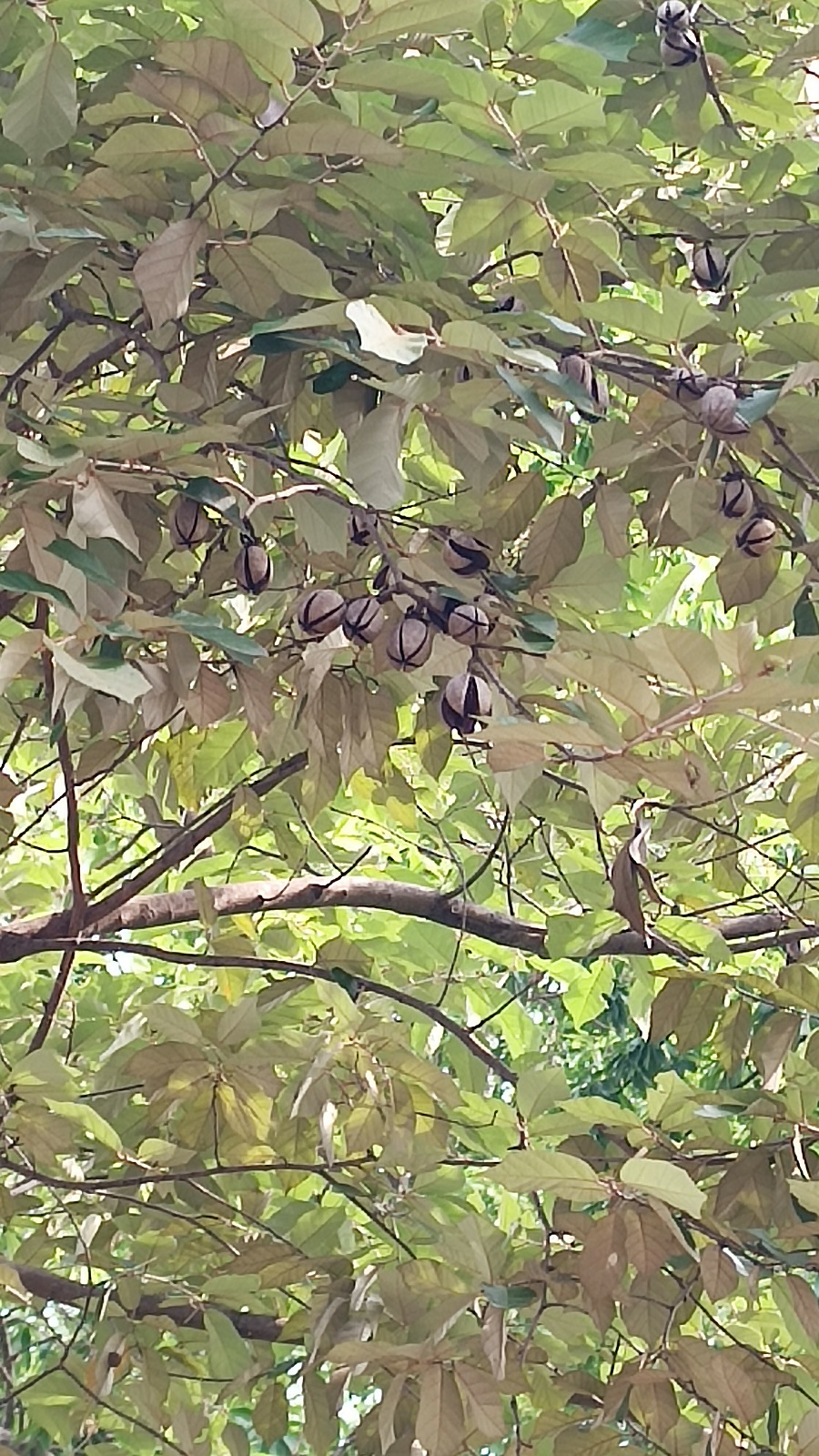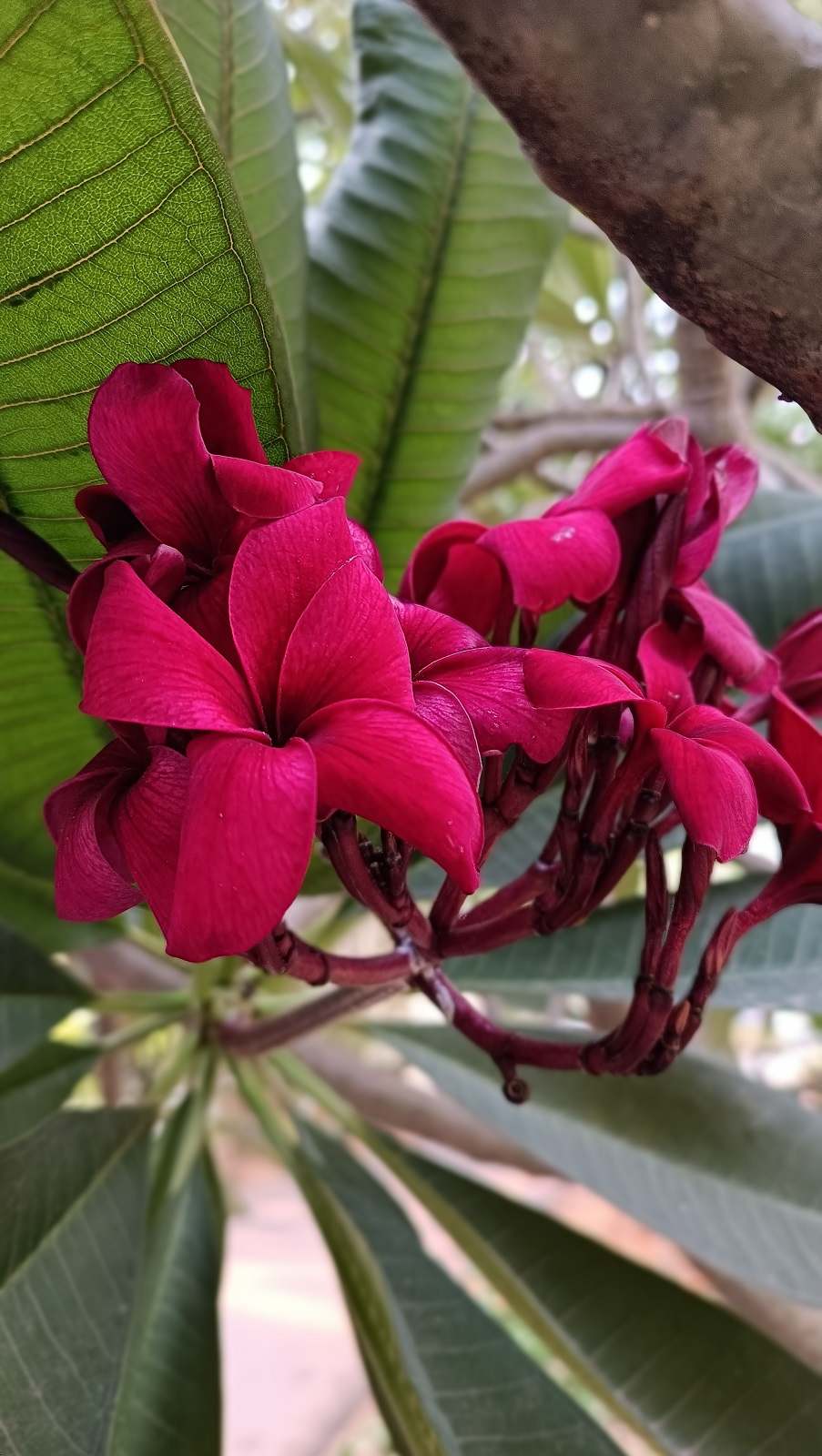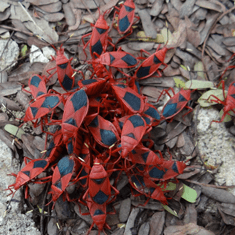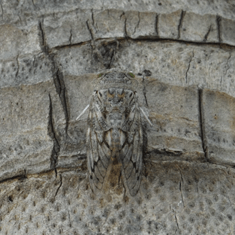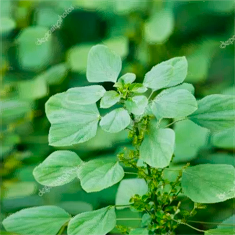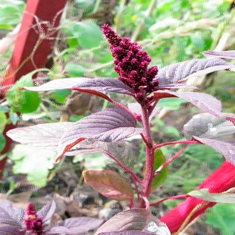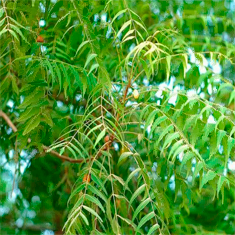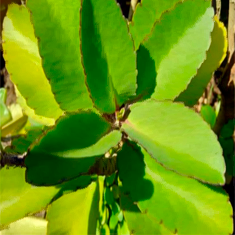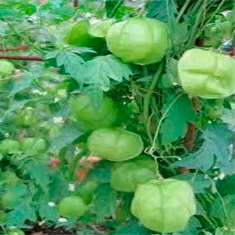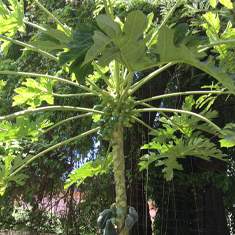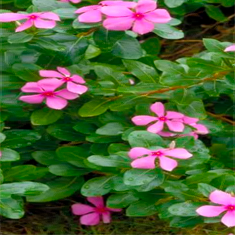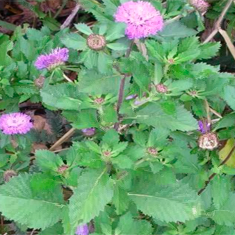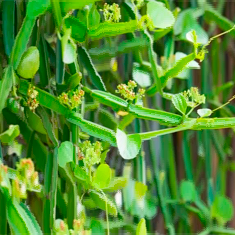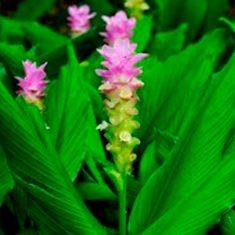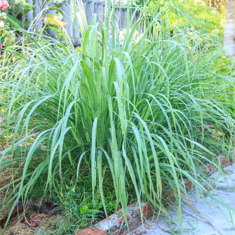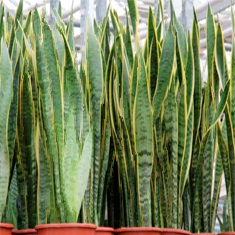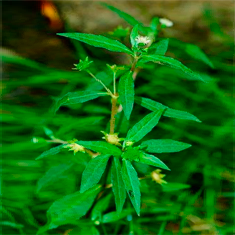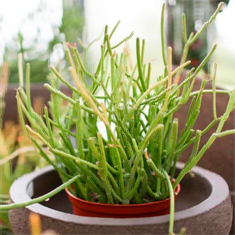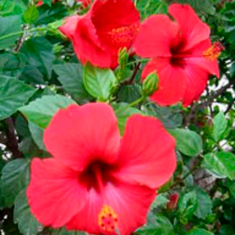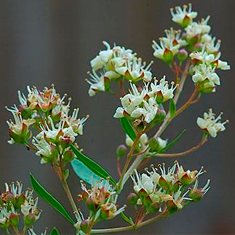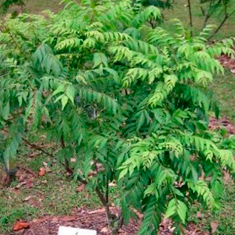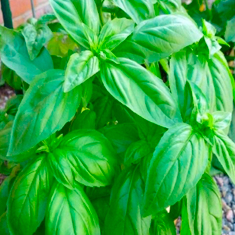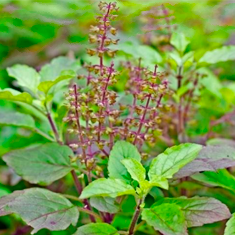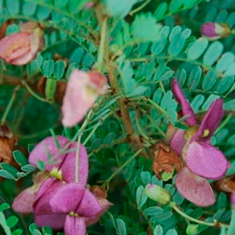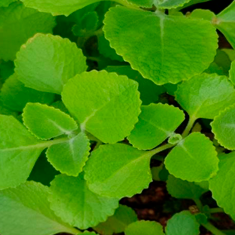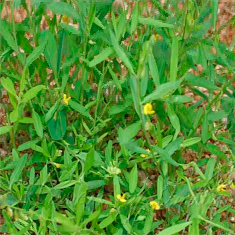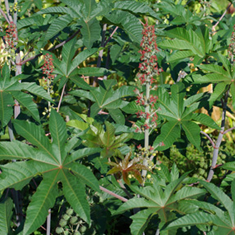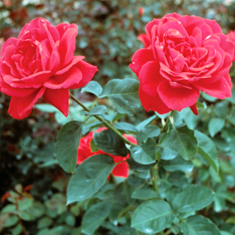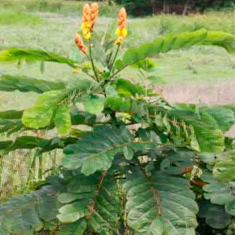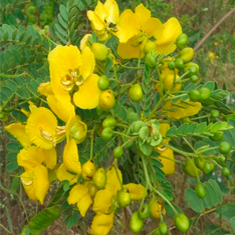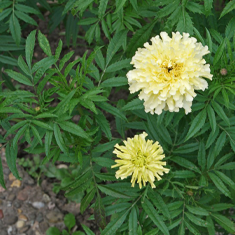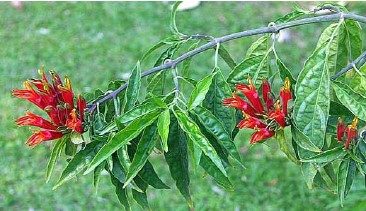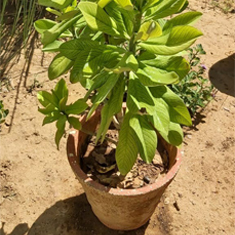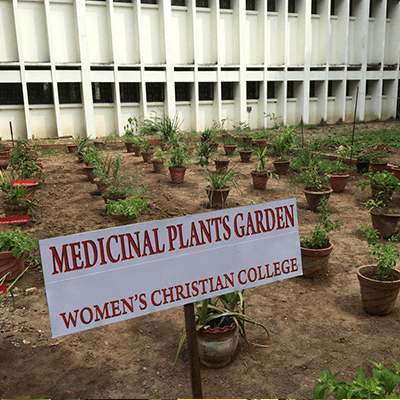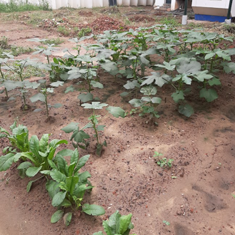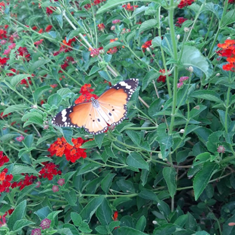- An Autonomous Institution affiliated to the University of Madras
- Re-Accredited by NAAC in July 2019 with Grade A+
- College with Potential for Excellence


Campus Trees
One of the most striking features of the Women’s Christian College campus is its tree cover. Stepping through the gates of the college, any visitor to the college is undoubtedly struck by the numerous trees that line both sides of the driveway. WCC displays an astonishing diversity of trees, with more than 100 species of native and exotic trees growing in the campus.
Trees are a part of the history of the college, as well as an indisputable part of the sentiment that students and faculty attach to the institution. The magnificent Tabebuia rosea near the clock tower was planted by the first Principal of the college in 1915. It is the oldest tree on campus and is a witness to campus history. Alumni recognize that their emotional connection to their alma mater often is manifest in an appreciation for the trees. Students experience the first thrills of college life in May-June, when the flowers of the college tree, Peltophorum pterocarpum coat the ground a bright and welcoming yellow – gold. The college campus is painted in varying hues of colours all through the year, with cannonball trees that burst with brilliantly vibrant shades of red leaves, the Rosy Trumpet trees displaying their abundance of pale pink-white blooms, and the Crepe Myrtle tree beside the wicket close to the Information resource Centre with pretty mauve-coloured flowers and the tiny purple blossoms of Tree of Life (Guaiacum officinale) among the many other flowering trees.
Aside from the sentimental and historical value that it attaches to the trees, WCC’s environmental consciousness is also manifest in its care of trees. Carbon dioxide neutrality is maintained on the campus by planting different varieties of trees and plants.
The green campus concept is aimed at enabling the college to redefine its environmental culture and developing new paradigms by creating sustainable solutions to the environmental, social and economic needs of mankind. With this in mind, tree planting is an on-going process on campus to enhance greenery. A tree-planting drive was organised to commemorate the centenary year of the institution (2015-2016), and 100 trees were planted on campus.
The institution takes great pride in its green cover and takes efforts to preserve them. A team of gardeners take care of the periodic manuring, and pruning of the trees.
After the devastation caused by Cyclone Vardah in 2016-2017, efforts were taken to rehabilitate, wherever possible, the uprooted trees on campus. Wood from fallen Rain Trees, Portia Tree, Rosy Trumpet Tree and Indian cork Tree on campus were used to make student chairs with writing pads, chairs and tables for teachers, platforms in classrooms at the Centenary Block and a podium for the chapel.
A project on tagging our campus trees with QR code was initiated in January 2020 by the Centre for Environmental Studies.
Phase I – Developing webpage for our campus trees
Phase II – Fixing QR-code incorporated Tree Name Boards
This project was initiated with an aim to educate our students and visitors on campus to know more details about our campus trees through a self-guided tour. QR code incorporated Tree Name Board was fixed on selected trees. In this interactive technology, once the QR code on the tree is scanned using a smartphone it will take the user to our college web page which gives information about the species. Geopositioning of these trees has also been carried out so that it is easy for anyone to visit a tree of interest on his own.
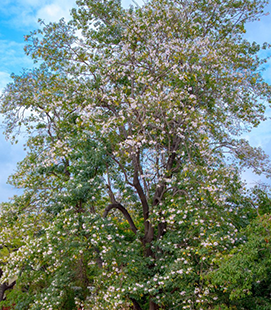
Majestic Mexican Trumpet Flower Tree
The majestic Mexican Trumpet Flower Tree (Tabebuia rosea) was planted in 1935 by the founder Principal, Dr Eleanor McDougall to commemorate the 20th anniversary of the College. Fondly referred to as Ms McDougall’s Tree, it still remains one of the tallest and most elegant trees on campus.

Rustic Copper Pod Tree
The rustic Copper Pod Tree (Peltophorum pterocarpum) exhibits a spectacular and fiery floral display of bright yellow blossoms. While still fresh, they fall off the trees, forming a radiant carpet of bright gold beneath. The green leaves, yellow flowers and the rich vintage copper coloured pod represent the three college colours and is often referred to as the College Tree.
Trees on Campus
Biodiversity on Campus
Nestled in the heart of the urban landscape of Nungambakkam, our 20 acre campus is a feast to a nature lover’s eyes, with her majestic century old trees interspersed among more recent ones along with blooming bushes in myriad hues hosting a plethora of fauna. An early visitor can enjoy the thrill of experiencing nature wake up in all her beauty- with a wide repertoire of calls of the Koel, the rattle of the Treepie, an occasional Coppersmith Barbet at work luring his mate and more often the shrieks of the Parakeets as they loudly exchange gossip and fly past . The more placid ones like the butterflies, beetles, bugs, ants and wasps try to attract your attention with their vibrant colours, like the inseparable Iphita paired up in strawberry red shades, the Julid millipedes nonchalantly going about their business, the fluttering Crimson roses’ and Gram blues’ quietly making your heads turn toward them. If you are lucky… you might even hear the call of the Cicada that wake up from their hibernation once every 20 years and remind you of the rainforests, or spot the very curious mongoose peering at you from their hideouts trying to make sense of what we, colourfully dressed bipeds are doing on campus. All our animal friends are Instagram ready. So, if you are a nature lover you can feast on the faunal diversity on campus.
Medicinal Plants Garden
Medicinal Plants Garden
Women’s Christian College established a medicinal plant garden in the college campus during the academic year 2020 – 2021. The Department of Plant Biology and Plant Biotechnology uses it as a field laboratory for the Core Elective Course on Medicinal Plants and Ethnobotany. The garden contains more than 60 species of medicinal plants. The plants are tagged with scientific names and QR codes which, on scanning, displays further details of the plant such as the common name, Tamil name, description of the plant and medicinal uses. The students of the 2018 batch of the Department have organised the garden by growing various locally available plants possessing medicinal values and digitally documented the details of those medicinal plants for generating QR codes under the guidance of the course teacher.
Community Garden
With the aim of encouraging organic gardening as well as highlighting the importance of healthy and sustainable food production and consumption habits among students, the college provides a small patch of land on campus, where students can grow plants of their choice and share the organically grown harvest with the college community. When students are practically involved in the process of growing plants, they also become aware of the need for patience and discipline in gardening. A sense of community is developed among the students, and knowledge sharing also takes place.
An area of 29 x 18m was identified on campus and each student interested in this project was allotted a plot based on the lot picked by her.The allotted strip of land would remain with the student for a specific period of time. 33 students participated in the first year of this project, with some choosing to work independently and others in small groups. Students are given the liberty to choose a crop, ranging from ornamental flowers to vegetables. The harvested crop is sold on campus.
Students work on their garden spaces after classes everyday, and are responsible for every stage of the process, from the preparation of soil, to sowing, and later on, weeding, and other tasks related to maintenance, including manuring. Only organic manure is used and organic pest control methods are employed by students. This form of experiential learning takes place with occasional guidance from faculty members.
The Butterfly Garden Project
Butterflies, which function as pollinators and are important indicators of the biodiversity of a given area, have been losing their habitat due to rapid urbanisation. In keeping with Women’s Christian College’s consistent endeavours to maintain and enhance the biodiversity on campus, the butterfly garden project was envisioned, as a means of drawing attention to this significant member of the environment.
An area of 3550 sq.ft. was designated for this project on campus. Nearly 1000 species of plants were planted with the specific purpose of attracting butterflies. In addition to butterfly host plants like Calotropis and Castor, annual and perineal nectar plants like Lantana, Solidago, Wedelia, Alternanthera, Ageratum, Marigold and Cosmos were also planted. The layout of the garden was designed to have the appearance of a butterfly, with a walkway included inside the garden. Students of the Department of Visual Communication painted the wall along the garden, adding to the colour of the chosen area. Unlike most butterfly gardens, this is an uncovered garden, allowing free movement of butterflies.
The butterfly garden, in addition to offering a space for these insects, was also construed as a means of encouraging students to take an active part in environmental activities, in particular butterfly watching.
A direct impact of the butterfly garden is an observable increase in the number and diversity of butterflies that visit the campus. Additionally, students have begun to show considerable interest in observing butterflies and learning more about them.
